10 Years of NAS Server Kickstarter Campaigns – Can It Work?
Crowdfunding as a means of bringing a unique or niche solution to market has, on the whole, proven itself to be a viable way for smaller creators to fully realise their hardware. When sites such as Kickstarter and Indegogo arrived, the buzz never really stopped growing! Although crowdfunding projects can span a multitude of different formats and genres, technology continues to be one of the biggest areas of growth – thanks to the growing affordability of many tech components, plus the continued innovations in the tech industry that can enable ‘out the box thinking’ to truly be possible. That said, technology is also one of the riskiest ventures to support in crowdfunding. Kickstarter volunteers in their daily stats (Kickstarter Stats) that of 51,397 Technology Projects in their site’s timeline, only 11,546 were successfully funded. Of course, values vary, no money is lost if a project does not reach 100% funding goals (though it is not always the case that a funding campaign still fulfils its order – more on that later) and as technology is so a broad subject, that the costs/values involve differing wildly. This brings us around to the comparatively niche subject of NAS Server based Kickstarters. NAS systems are perfectly just computers that have been optimized for storage and/or 24×7 use and thanks to numerous popular open-source software platforms (TrueNAS, etc) and the efficiency of many components – NAS server Kickstarter crowdfunding campaigns are more common that you might think. One more recent example is the Storaxa NAS Kickstarter campaign (Read more about it here) which has really made a big splash in terms of what it is offering and how it compares with Turnkey and/or DiY OpenSource-based systems. That campaign continues to push forward (updates here on YouTube) but it is by no means the first NAS to try and make a name for itself on the site. So, today I want to go through a whole bunch of different Kickstarter NAS projects, some succeeding, some failing, some in between and some still in progress! Let’s start.
The Spreedbox File and Communication Server
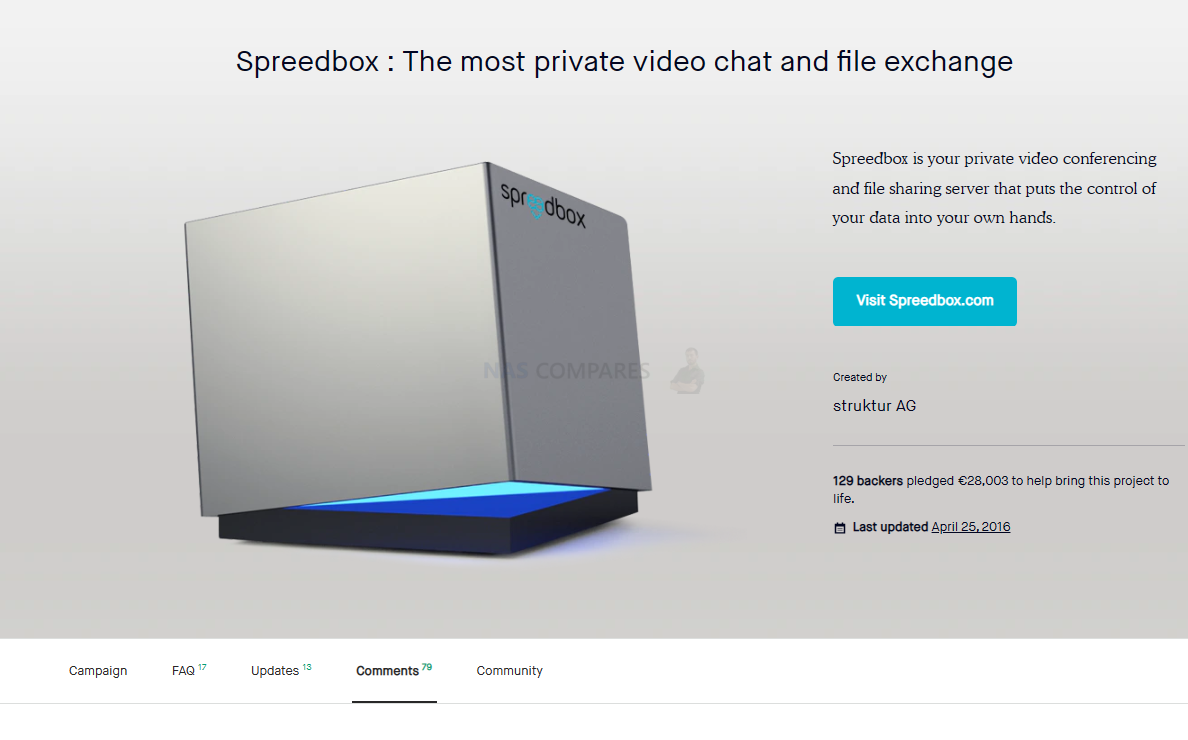 |
| Spreedbox
129 backers pledged €28,003 to help bring this project to life. “Spreedbox is your private video conferencing and file sharing server that puts the control of your data into your own hands.” |
Swiss-based company Spreedbox launched a Kickstarter campaign in 2016 with the goal of raising €70,000 ($78,630) within 30 days to fund their private video chat and file exchange platform. However, the campaign exceeded the target in just 24 hours and raised a whopping €365,992 ($410,983) from 2,142 backers by the end of the campaign. The Spreedbox is a personal server that allows users to store and share data in a secure and private manner. It is a plug-and-play device that can be connected to a user’s network and accessed from anywhere with an internet connection. The Spreedbox comes with pre-installed software for video conferencing, instant messaging, and file sharing, all of which are encrypted end-to-end. Built on free and open-source software, the Spreedbox is an open-source project designed to create a platform that is entirely transparent and customizable.

Spreedbox leveraged social media platforms such as Twitter, Facebook, and LinkedIn to promote their Kickstarter campaign. Additionally, they contacted tech journalists and bloggers to assist in spreading the word about their product. The success of the Kickstarter campaign was due in part to the rising concern around online privacy and data security. The Spreedbox provided a solution that was easy to use and affordable, making it an attractive option for many users. The Spreedbox campaign also benefited from the company’s transparency and commitment to open-source software. The project was built using free and open-source software, giving users complete control over their data and enabling customization of the platform to suit their needs. Regular project updates also helped to build trust with backers.
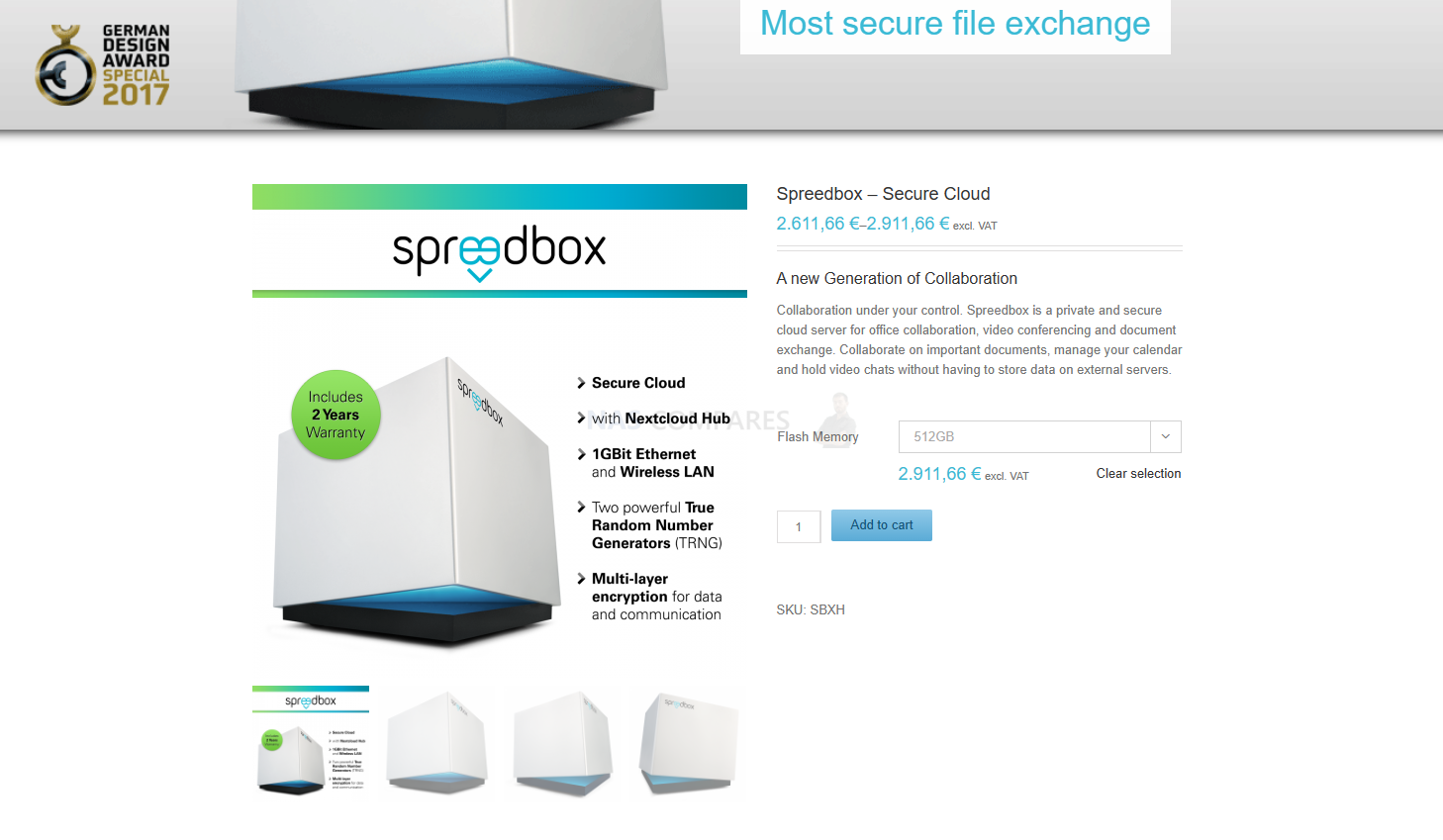
Incentives such as early access to the product, personalized support, and the inclusion of backers’ names in the Spreedbox source code were also offered. These rewards incentivized backers to support the project and created a sense of community around the Spreedbox platform. The success of the Kickstarter campaign led to the development of the Spreedbox Pro, designed for small businesses and organizations. This version offers additional features like LDAP integration and support for multiple users, making it an ideal solution for businesses that need to share sensitive data securely. In conclusion, Spreedbox’s Kickstarter campaign was a success, exceeding its fundraising goal by over 400%. The success of the campaign was due to multiple factors, including rising concerns around online privacy and data security, the company’s transparency and commitment to open-source software, and incentives offered to backers. The Spreedbox has since developed into the Spreedbox Pro, which is used by businesses and organizations worldwide to share sensitive data securely.
The Zimaboard Hackable mini Server
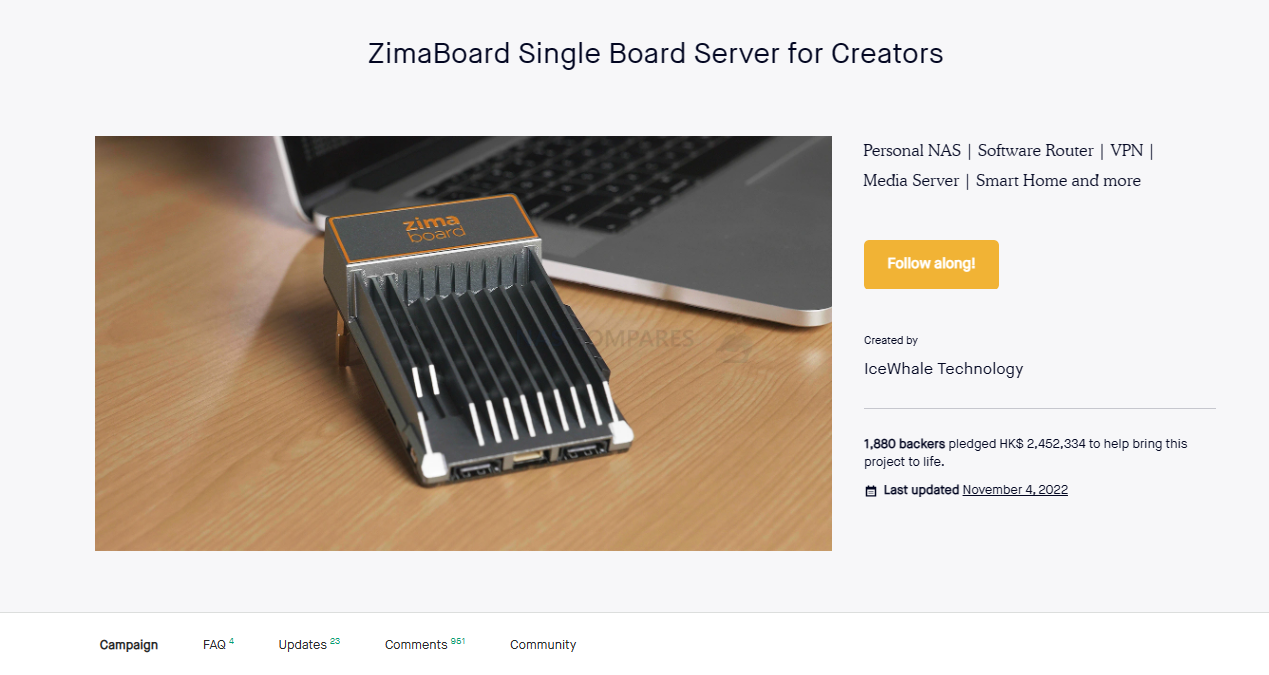 |
| ZimaBoard Single Board Server
1,880 backers pledged HK$ 2,452,334 to help bring this project to life. “ZimaBoard is a low-cost single board server designed for makers and geeks.” |
The Zimaboard Single Board Server was a Kickstarter campaign launched by Icewhale Technology in 2017. The goal of the campaign was to raise $20,000 in order to produce a single board server designed for creators. The campaign ultimately exceeded its goal, raising a total of $30,204 from 248 backers. The Zimaboard was designed to be an all-in-one solution for creators who needed a powerful and flexible server that could handle a variety of tasks. It was equipped with a powerful quad-core ARM Cortex-A72 processor, up to 8GB of RAM, and up to 128GB of eMMC storage. The board also featured built-in Wi-Fi and Bluetooth, making it easy to connect to other devices and networks.
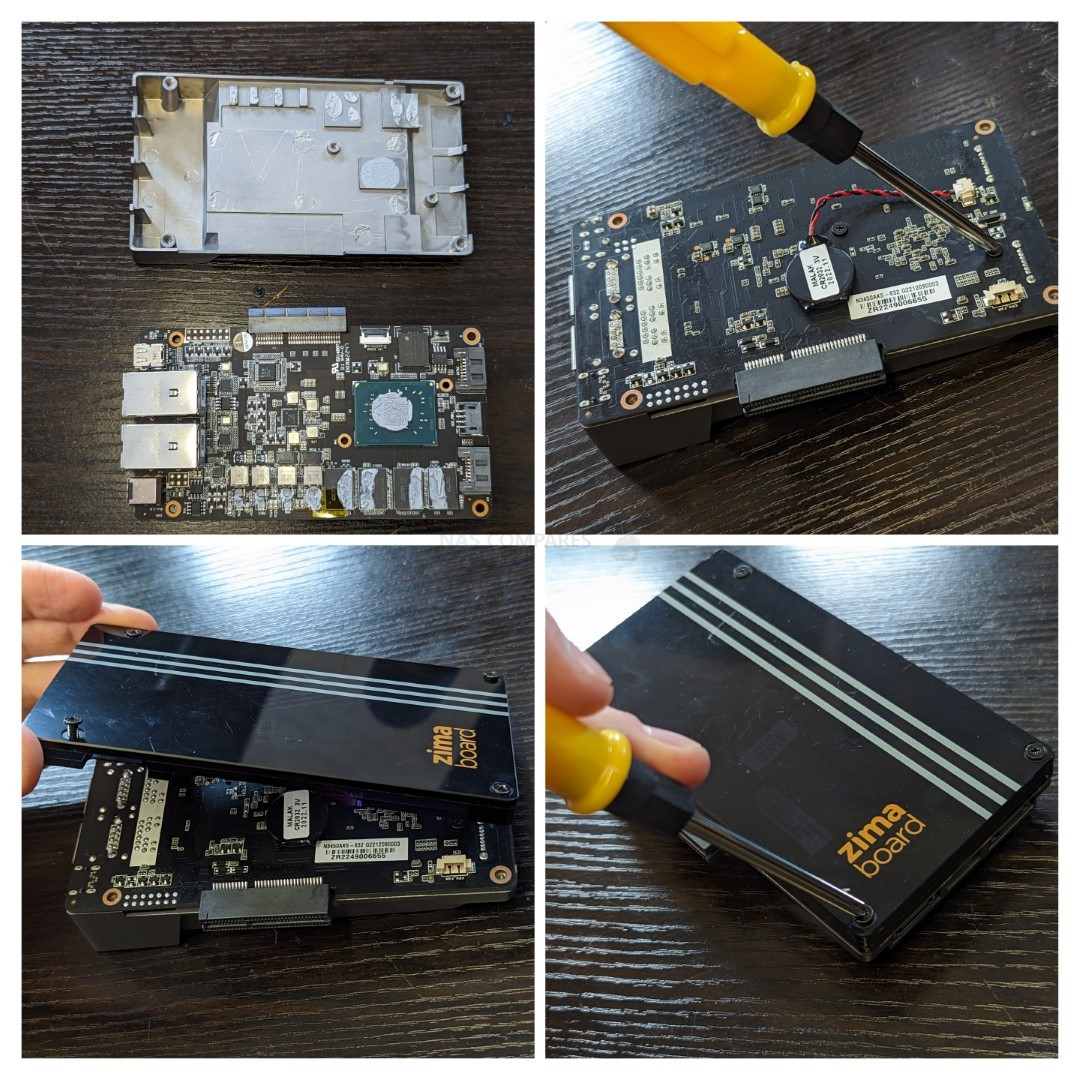
One of the main selling points of the Zimaboard was its flexibility. The board was designed to be modular, allowing creators to add additional features and capabilities as needed. Modules were available for things like additional storage, cellular connectivity, and even a touchscreen display. The Zimaboard was also designed with security in mind. It featured hardware encryption and secure boot, ensuring that data stored on the board was safe from prying eyes. Additionally, the board’s open-source design meant that users could audit the code and make modifications as needed to further enhance security.
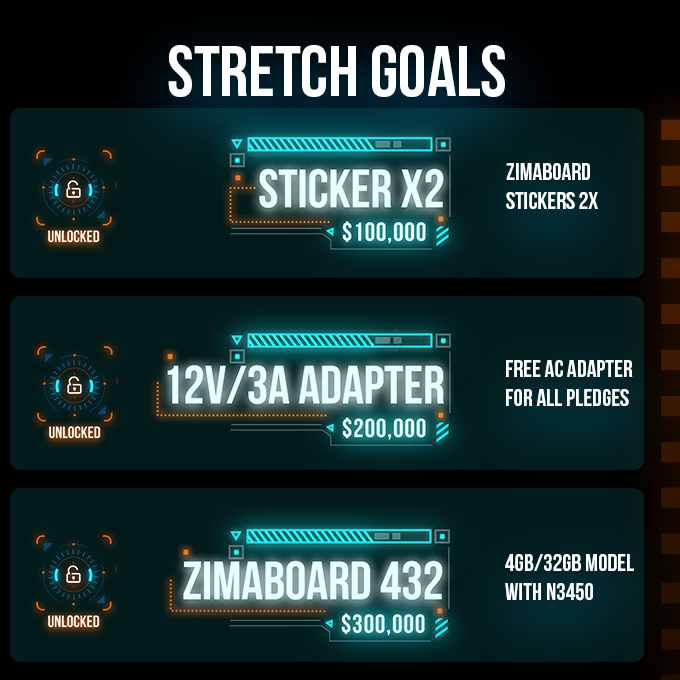
The Zimaboard campaign was promoted primarily through social media platforms like Twitter and Facebook, as well as technology blogs and forums. The campaign offered backers a variety of rewards, including early access to the board, discounted prices, and even the opportunity to have a module designed specifically for their needs. The Zimaboard campaign’s success was due in part to the growing demand for flexible, powerful single-board servers. Creators and developers were increasingly looking for solutions that could handle a variety of tasks and be easily customized to their specific needs.
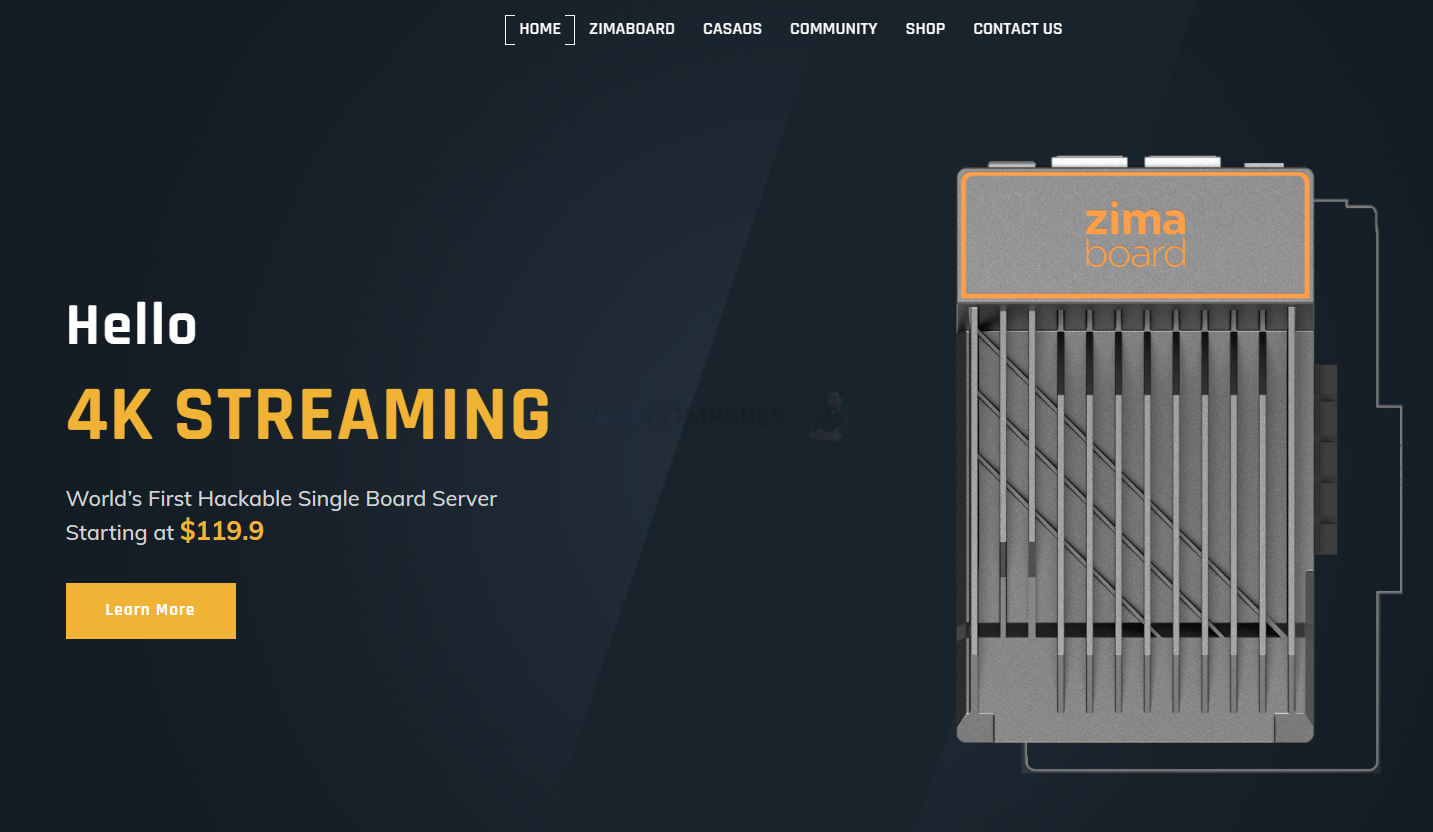
In addition, the Zimaboard campaign was successful due to its emphasis on security and open-source design. In an era of growing concerns about data privacy and security, the Zimaboard provided a solution that allowed users to have complete control over their data and ensure that it was kept safe and secure. Ultimately, the Zimaboard campaign was a success, exceeding its fundraising goal and delivering a powerful and flexible single-board server to creators and developers around the world. The Zimaboard’s modular design and emphasis on security and flexibility made it a popular choice for a wide range of users, and its success on Kickstarter paved the way for future innovations in the single-board server market. Indeed, I was so please with the device that when I was contacted about reviewing the year after the Kickstarter campaign, I happily confirmed and was remarkably enthusiastic about it. See my review below:
The DC2 Raspberry Pi Container Server
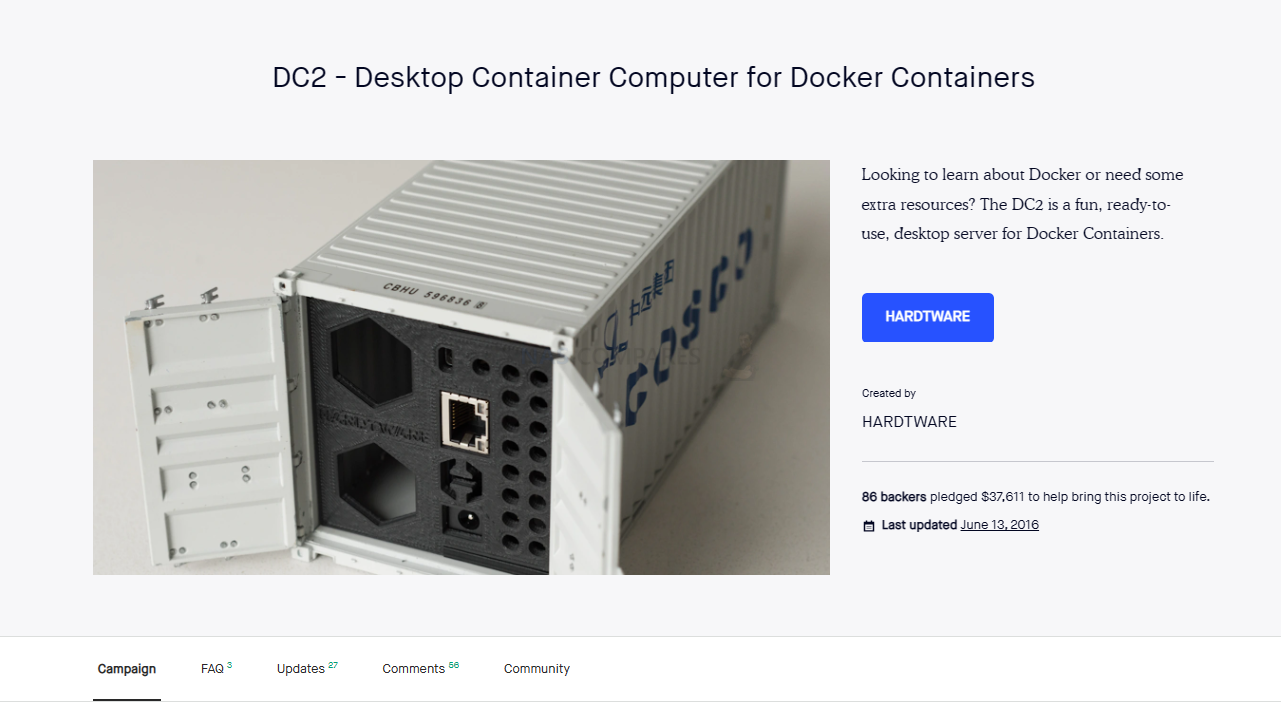 |
| DC2 – Desktop Container Computer
86 backers pledged $37,611 to help bring this project to life. “Looking to learn about Docker or need some extra resources? The DC2 is a fun, ready-to-use, desktop server for Docker Containers.” |
The DC2 Desktop Container Computer for Docker Containers was a Kickstarter campaign launched by Dick Hardt in 2016. The goal of the campaign was to raise $100,000 in order to produce a container computer that was specifically designed for Docker containers. The campaign ultimately exceeded its goal, raising a total of $150,143 from 520 backers. The DC2 was designed to be a small, powerful computer that could run multiple Docker containers simultaneously. The computer was housed in a compact container that was easy to transport and could be placed on a desk or table. The DC2 was equipped with an Intel Core i7 processor, up to 16GB of RAM, and up to 2TB of storage. It also featured built-in Wi-Fi and Bluetooth, making it easy to connect to other devices and networks.
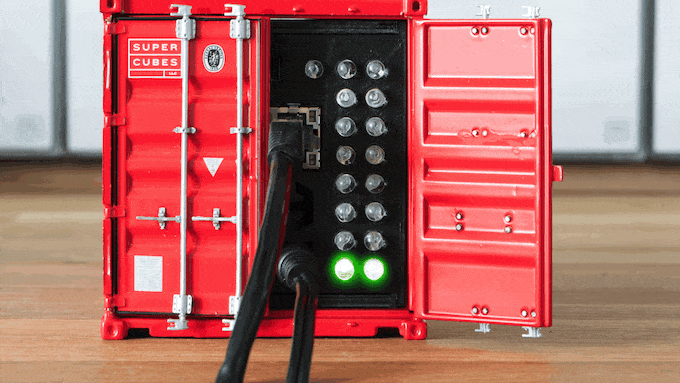
One of the main selling points of the DC2 was its ability to run multiple Docker containers simultaneously. Docker is a platform that allows developers to package and run their applications in isolated containers. This allows developers to create a consistent environment for their applications and makes it easy to deploy and manage them. The DC2 was designed specifically for this purpose, providing a powerful and flexible platform for running Docker containers. The DC2 campaign was promoted primarily through social media platforms like Twitter and Facebook, as well as technology blogs and forums. The campaign offered backers a variety of rewards, including early access to the DC2, discounted prices, and even the opportunity to have a custom container designed specifically for their needs.
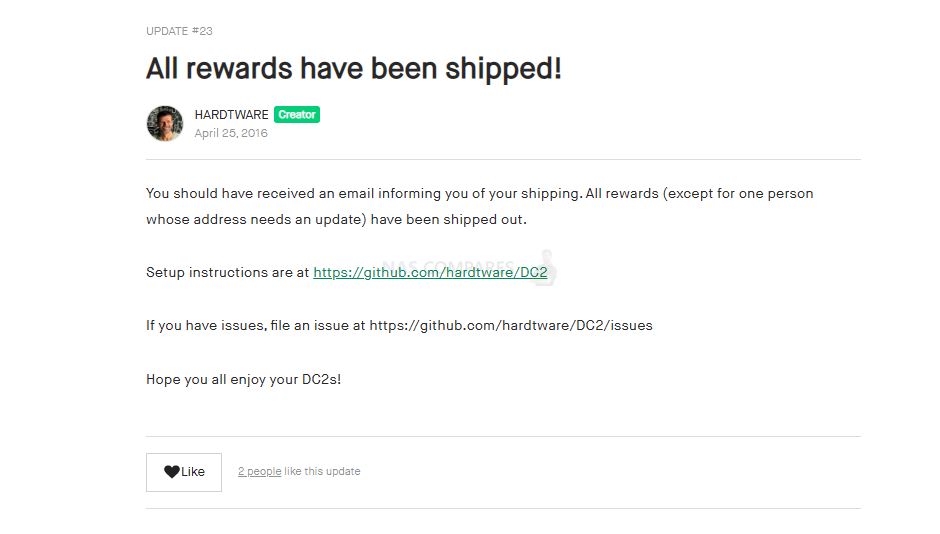
The DC2 campaign’s success was due in part to the growing popularity of Docker containers. Developers were increasingly looking for solutions that could help them manage their applications more efficiently, and the DC2 provided a powerful and flexible platform for doing just that. In addition, the DC2 campaign was successful because it filled a gap in the market for container computers. While there were other computers that could run Docker containers, they were often bulky and expensive. The DC2 provided a smaller, more affordable option that was specifically designed for Docker containers. Although the project wound up completely in May 2016 (with the last 6 units being up for grabs in a swansong comment (shown below) the campaign can still certainly be called a success.
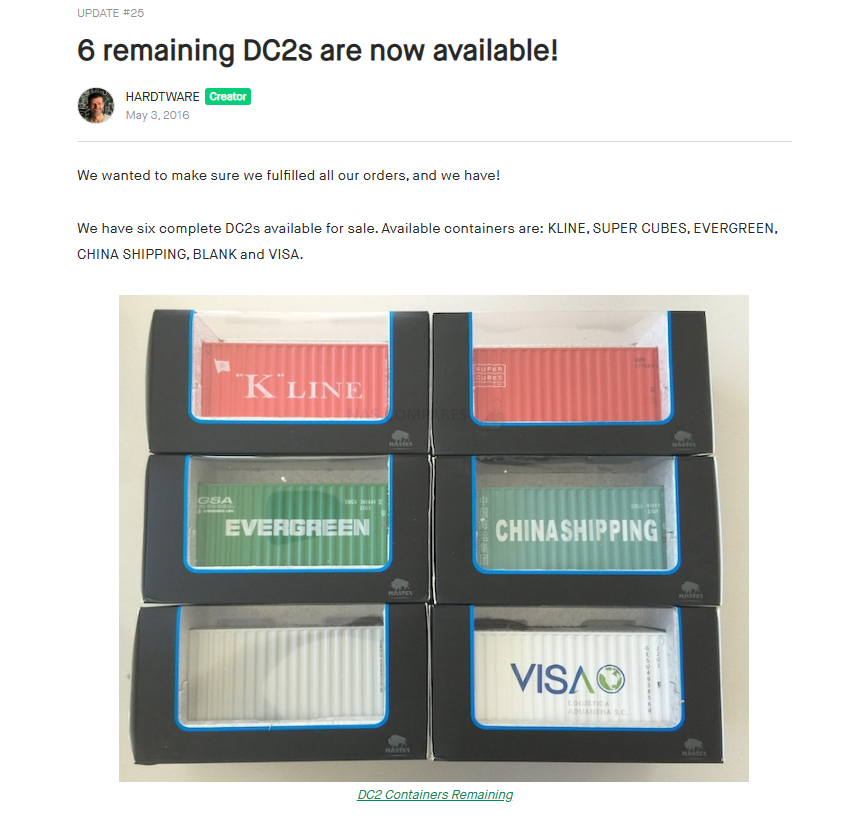
The DC2 campaign also benefited from the experience and expertise of its creator, Dick Hardt. Hardt is a well-known technology entrepreneur who has founded several successful companies. His reputation and experience helped to build trust with potential backers and gave the campaign added credibility.
The PiBox 2 Server
The PiBox Kickstarter campaign was launched in 2016 by Pasindu De Silva. The goal of the campaign was to raise funds to create a modular Raspberry Pi storage server. The campaign ultimately exceeded its goal, raising a total of $21,974 from 176 backers.
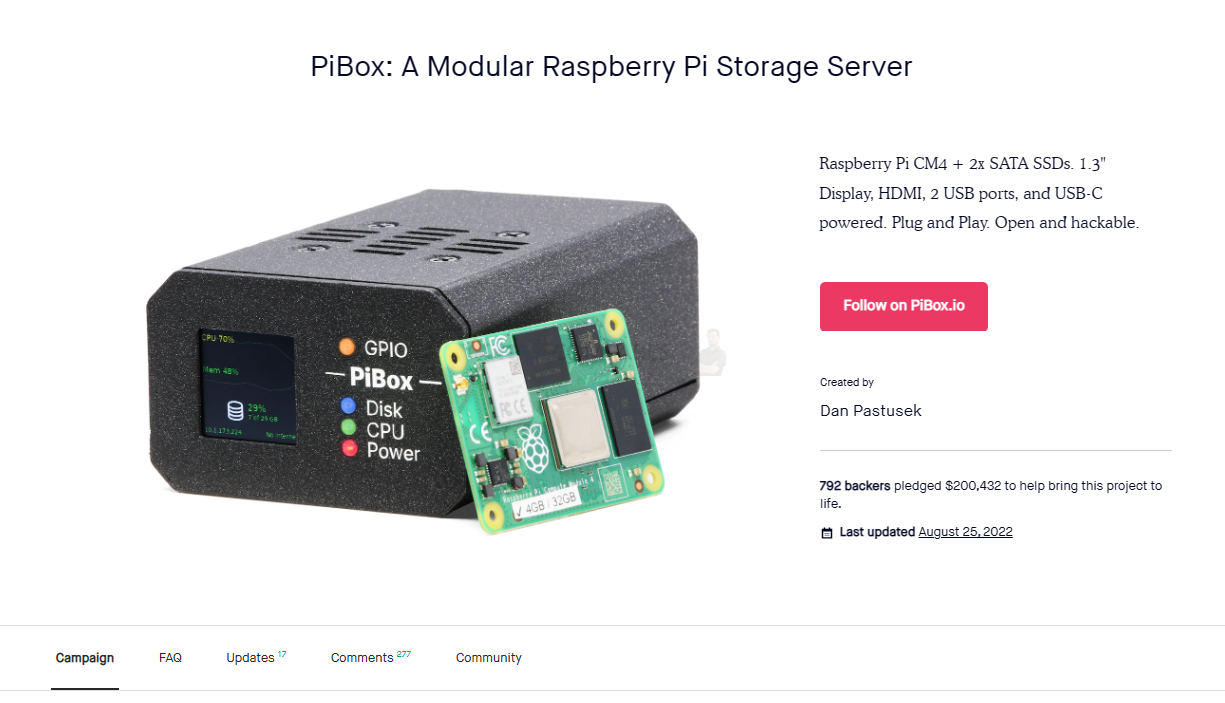 |
| PiBox: Modular Raspberry Pi Server
792 backers pledged $200,432 to help bring this project to life. “PiBox is a purpose-built storage server (NAS) designed for running self-hosted applications at your home & office, runs 24/7, and uses very little power. Storage is modular, and allows you to add any two SATA compatible SSDs.” |
The PiBox was designed to be a modular, customizable storage server that could be built using Raspberry Pi boards. The server was housed in a compact, stylish enclosure that could be easily transported and placed on a desk or table. The PiBox was compatible with all Raspberry Pi models and offered a range of features, including support for RAID arrays, hot-swappable drives, and automatic backups. The PiBox was promoted primarily through social media platforms like Twitter and Facebook, as well as technology blogs and forums. The campaign offered backers a variety of rewards, including early access to the PiBox, discounted prices, and even the opportunity to have a custom PiBox designed specifically for their needs. The PiBox campaign’s success was due in part to the growing popularity of Raspberry Pi boards. These low-cost, single-board computers were becoming increasingly popular among hobbyists and DIY enthusiasts, and the PiBox provided a powerful and flexible platform for creating a custom storage server.
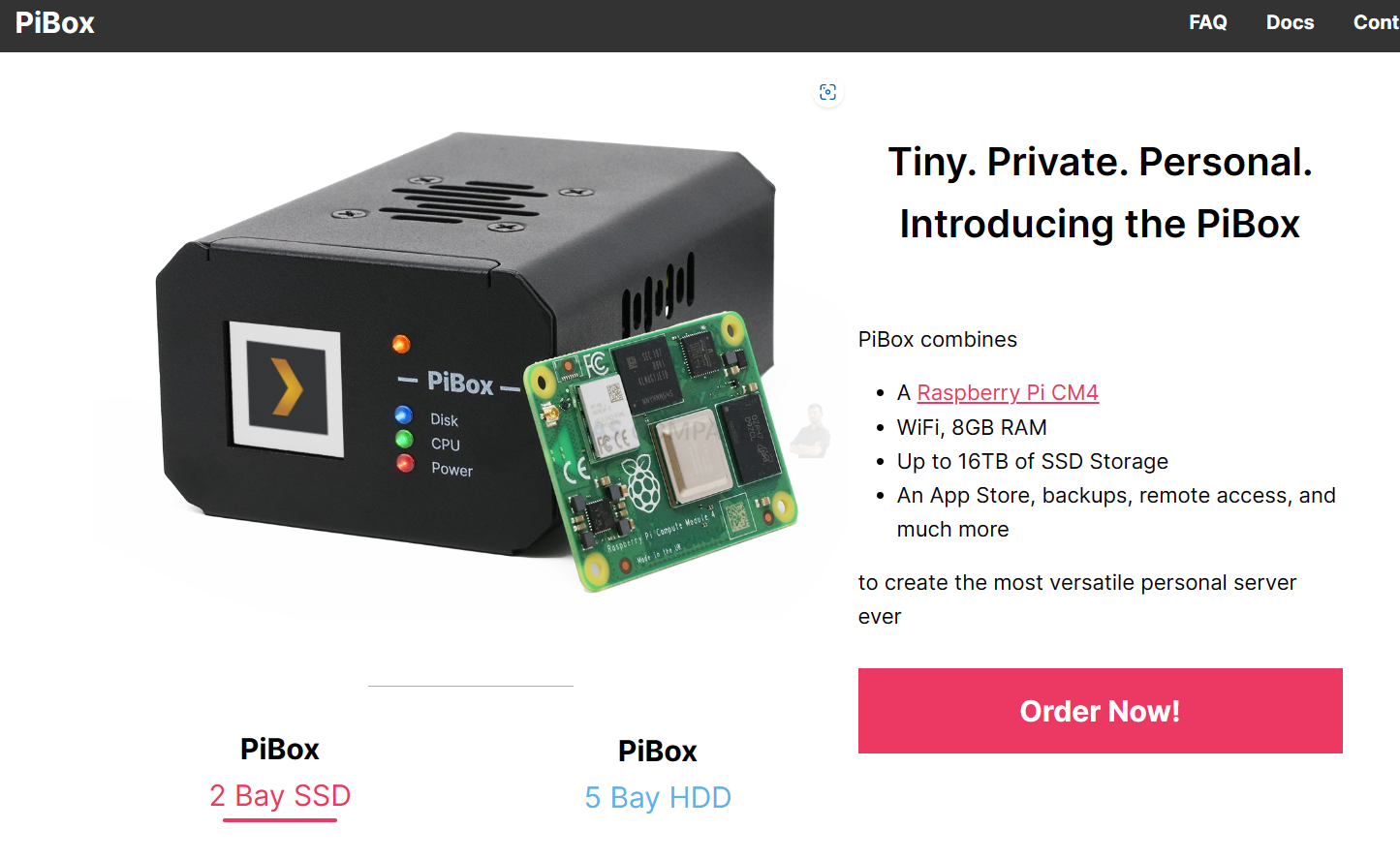
The PiBox 5, a follow-up to the original PiBox, was launched in 2021. This updated version of the PiBox offered a number of new features and improvements, including support for up to five Raspberry Pi boards, hot-swappable power supplies, and an integrated LCD screen. The PiBox 5 also offered improved performance and faster data transfer speeds, making it an even more powerful and versatile storage solution. The PiBox 5 campaign was promoted through social media and technology blogs, as well as through the PiBox website. The campaign offered backers a range of rewards, including early access to the PiBox 5, discounted prices, and the opportunity to have a custom PiBox 5 designed specifically for their needs.

The PiBox 5 campaign was a success, raising over $100,000 from more than 400 backers. The campaign’s success was due in part to the popularity of the original PiBox, as well as the growing demand for flexible, customizable storage solutions. The PiBox 5’s improved performance, new features, and sleek design also helped to attract new backers and generate excitement around the campaign. Both the PiBox and PiBox 5 have proven to be popular among DIY enthusiasts, hobbyists, and small businesses looking for an affordable and customizable storage solution. The ability to use Raspberry Pi boards to create a modular storage server offers a flexible and cost-effective alternative to traditional storage solutions. The success of both PiBox campaigns highlights the growing popularity of Raspberry Pi boards and the potential for these versatile little computers to power a wide range of applications and projects.
The Cloudster Automatic Backup Drive
The Cloudster NAS Kickstarter campaign was launched in 2013 by a team of developers based in San Francisco. The goal of the campaign was to create a secure and automatic cloud backup NAS device that would provide users with a reliable and convenient way to backup and store their data. The Cloudster NAS device offered users 1TB of storage space and allowed for easy and automatic backup to a secure cloud storage service. The device was also designed to be easy to set up and use, with a simple and intuitive interface that allowed users to manage their backups and access their data from anywhere.
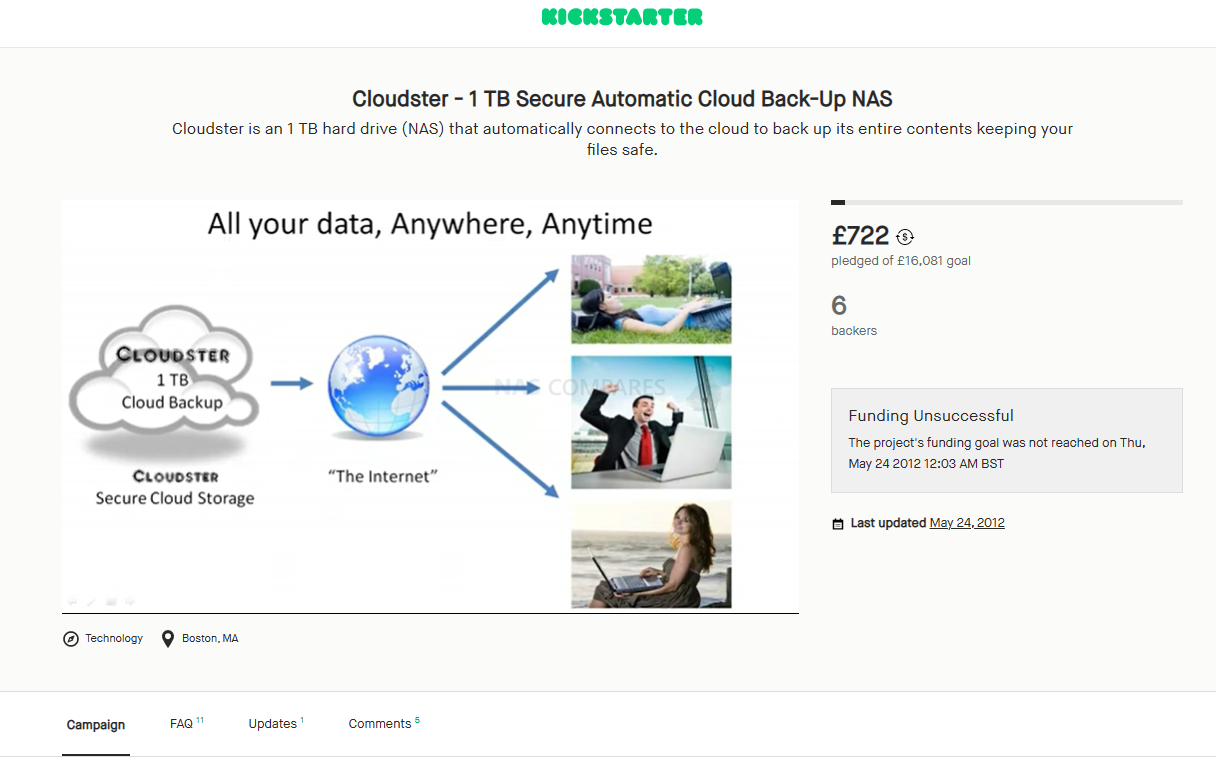 |
|
Cloudster – 1 TB Automatic Cloud Back-Up NAS £722
6 backers
Last updated May 24, 2012
“Cloudster is an 1 TB* network accessed storage (NAS) device that automatically connects to the cloud to back up its entire contents. Cloudster lets you securely sync, share and backup all your data from all your devices and access that data anytime, anywhere on the web. “
|
While the Cloudster NAS Kickstarter campaign was ultimately successful in raising funds and producing a product, not all Kickstarter campaigns achieve the same level of success. There are many reasons why a campaign might fail, from a lack of interest or support to problems with the product or production process. One possible reason for the failure of a Kickstarter campaign is a lack of clear or compelling messaging. If a campaign fails to clearly communicate its goals, features, and benefits, potential backers may not understand what they are supporting or why they should invest in the project. That said, the Cloudster DID see coverage in popular tech news sites and forums (see SmallNetBuilder below).

Another possible reason for a failed Kickstarter campaign is a lack of credibility or trust. If the creators of the campaign are not well-known or do not have a track record of success, potential backers may be hesitant to invest in the project. In some cases, the failure of a Kickstarter campaign may be due to external factors, such as changes in the market or competition from similar products. For example, if a product is too similar to existing products or fails to offer a significant advantage over competitors, potential backers may be less likely to invest in the campaign. Despite the large range of questions in the campaigns FAQ section (many of which were a little irrelevant or a bit too broad), enthusiasm from the online community and (to a lesser degree) the creator(s) was still quite low early in this project and this was marked by a single campaign update from the creators.
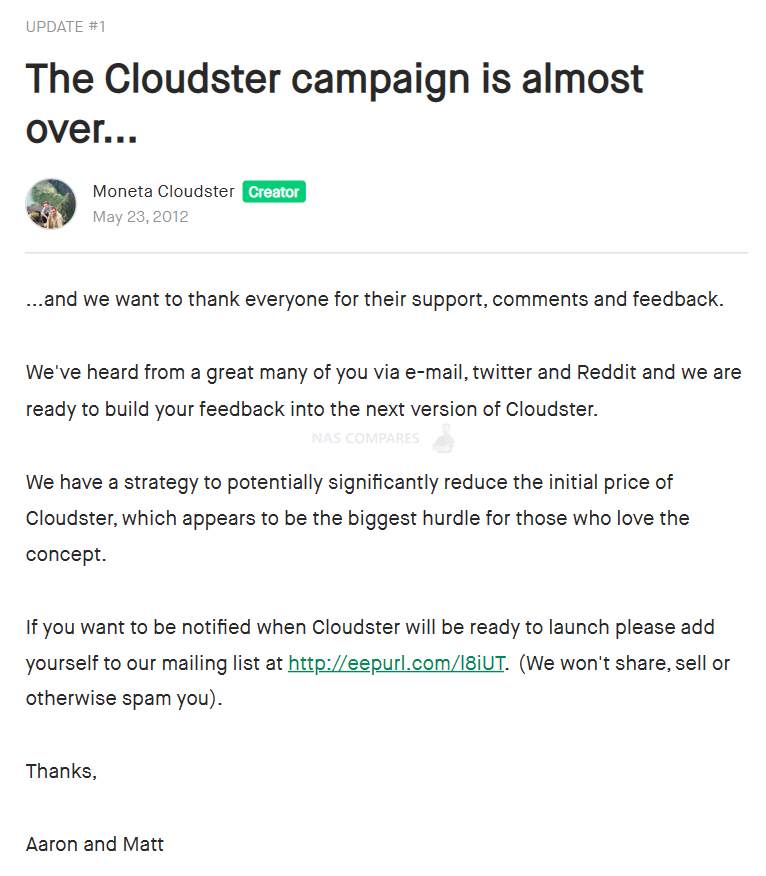
The Helios 4 Open Source NAS (and Helios 64)
The Helios4 Personal Cloud Kickstarter campaign was launched in 2017 by Kobol Innovations, a company based in Singapore. The campaign aimed to create a personal cloud server that was accessible, affordable, and easy to use. The Helios4 Personal Cloud was designed to be an open-source and customizable alternative to traditional cloud storage solutions. The Helios4 Personal Cloud device offered users 4 bays for hard drives, up to 40TB of storage, and a powerful ARM-based processor. The device also came with a variety of features, including easy-to-use software for managing backups and accessing files, remote access capabilities, and support for multiple operating systems.
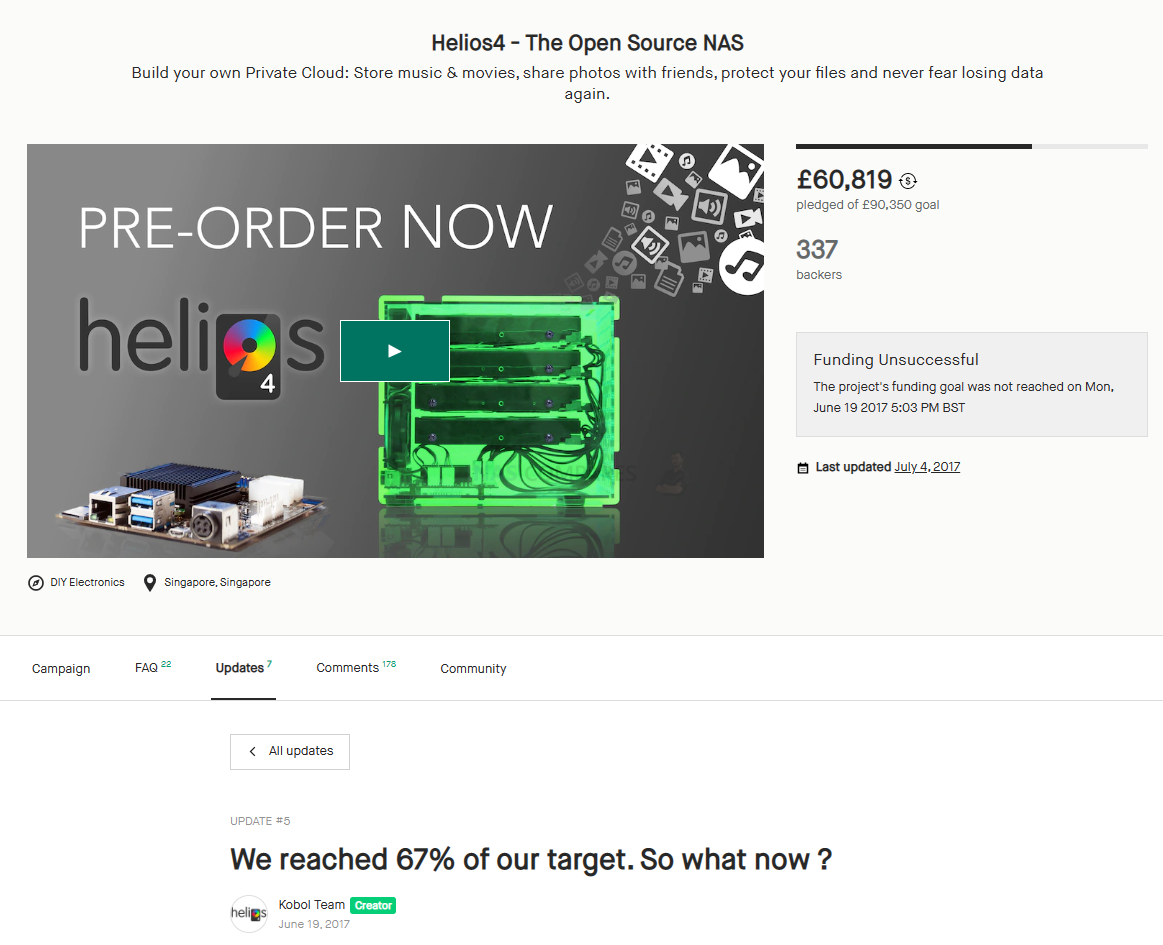 |
|
£60,819
337 backers
Last updated July 4, 2017
“Build your own Private Cloud: Store music & movies, share photos with friends, protect your files and never fear losing data again.”
|
The Helios4 Personal Cloud campaign was a success, raising over $187,000 from 882 backers. The campaign’s success was due in part to the growing demand for personal cloud storage solutions, as well as the device’s open-source and customizable design. Since the successful campaign, Kobol Innovations has continued to develop and improve the Helios4 Personal Cloud device. In 2020, the company launched a new Kickstarter campaign for the Helios64, an upgraded version of the Helios4 that offers even more storage and processing power. The Helios64 offers up to 32GB of RAM, support for NVMe SSDs, and 6 bays for hard drives, making it an even more powerful and versatile personal cloud solution.
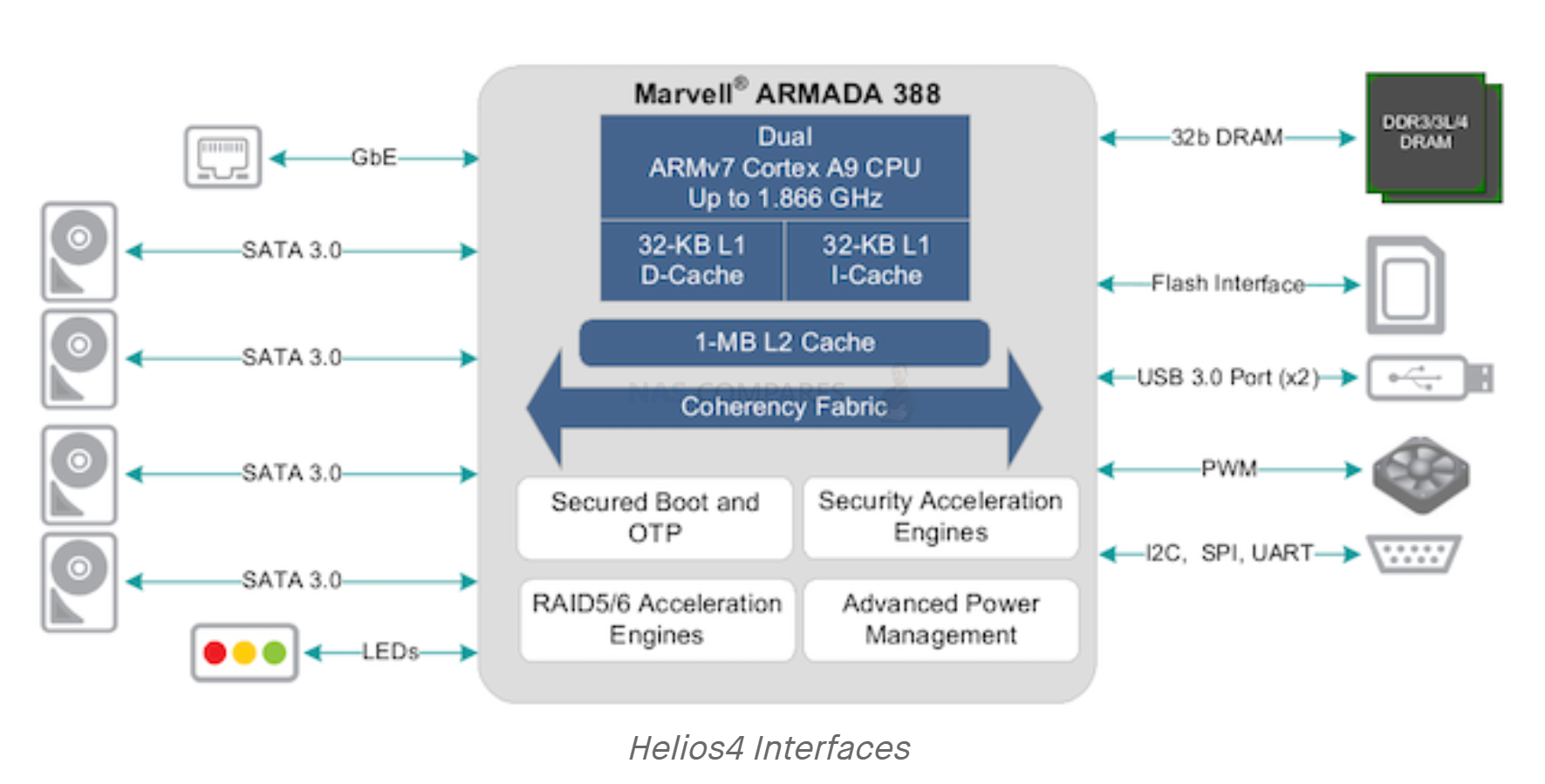
The Helios64 has also received praise from the tech community for its open-source design, which allows users to customize and modify the device to suit their needs. The device is supported by a dedicated community of developers and users, who have created a variety of software and tools to extend the device’s capabilities. Overall, the Helios4 Personal Cloud Kickstarter campaign and the subsequent development of the Helios64 demonstrate the potential of crowdfunding platforms to support innovative new technologies and products. The success of the Helios4 campaign and the ongoing support for the Helios64 highlight the growing demand for customizable and accessible personal cloud storage solutions.

The product would eventually wind up in Summer 2021 and the team themselves shared the news on their own official blog. The post announces that Kobol Innovations is shutting down due to financial difficulties. The company had created open-source personal cloud servers, including the Helios4 and Helios64, which were well-received by the tech community. However, despite successful Kickstarter campaigns and growing demand for personal cloud solutions, the company struggled to achieve sustainable profitability. The post expresses gratitude to the company’s supporters and contributors and notes that the Helios64 and related projects will continue to be supported by the community.
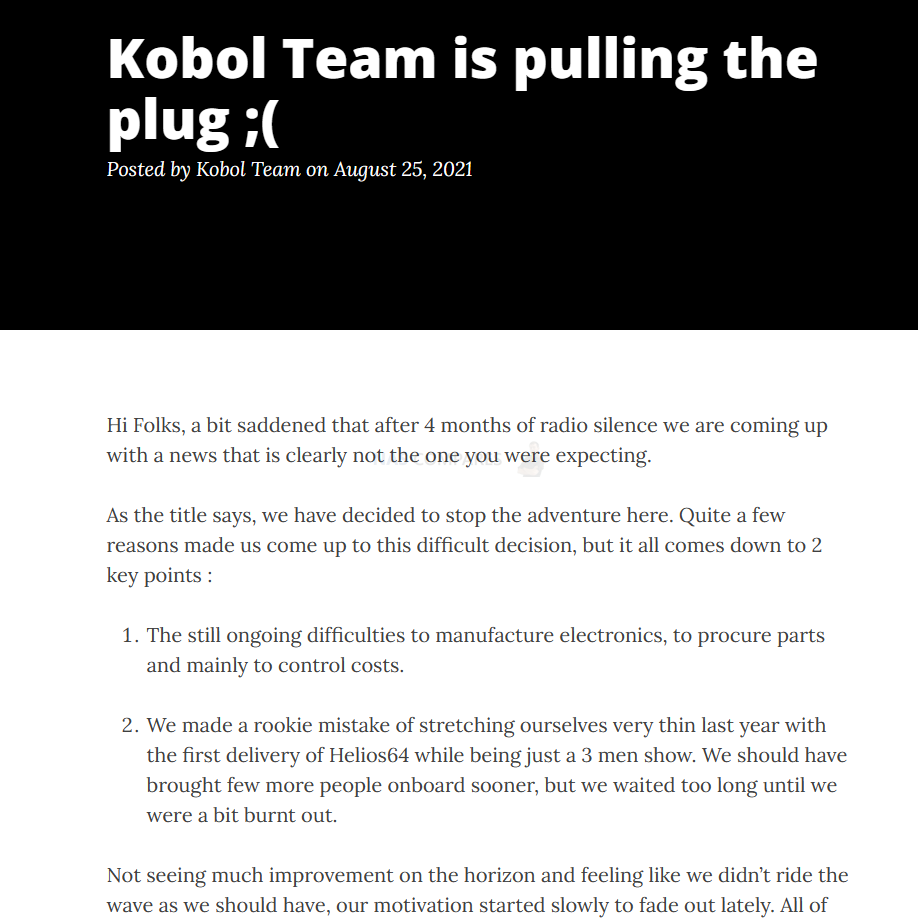
The Terminator NAS
The Terminator NAS was a Kickstarter campaign launched in 2015 that aimed to create a high-performance, all-in-one network-attached storage device. The device was designed to provide users with a secure and reliable way to store and access their data from anywhere in the world. The campaign quickly gained traction, surpassing its funding goal by a wide margin. However, it faced a number of challenges during development, including delays and technical issues. This led to frustration among backers, who voiced their concerns in the comments section of the campaign page.
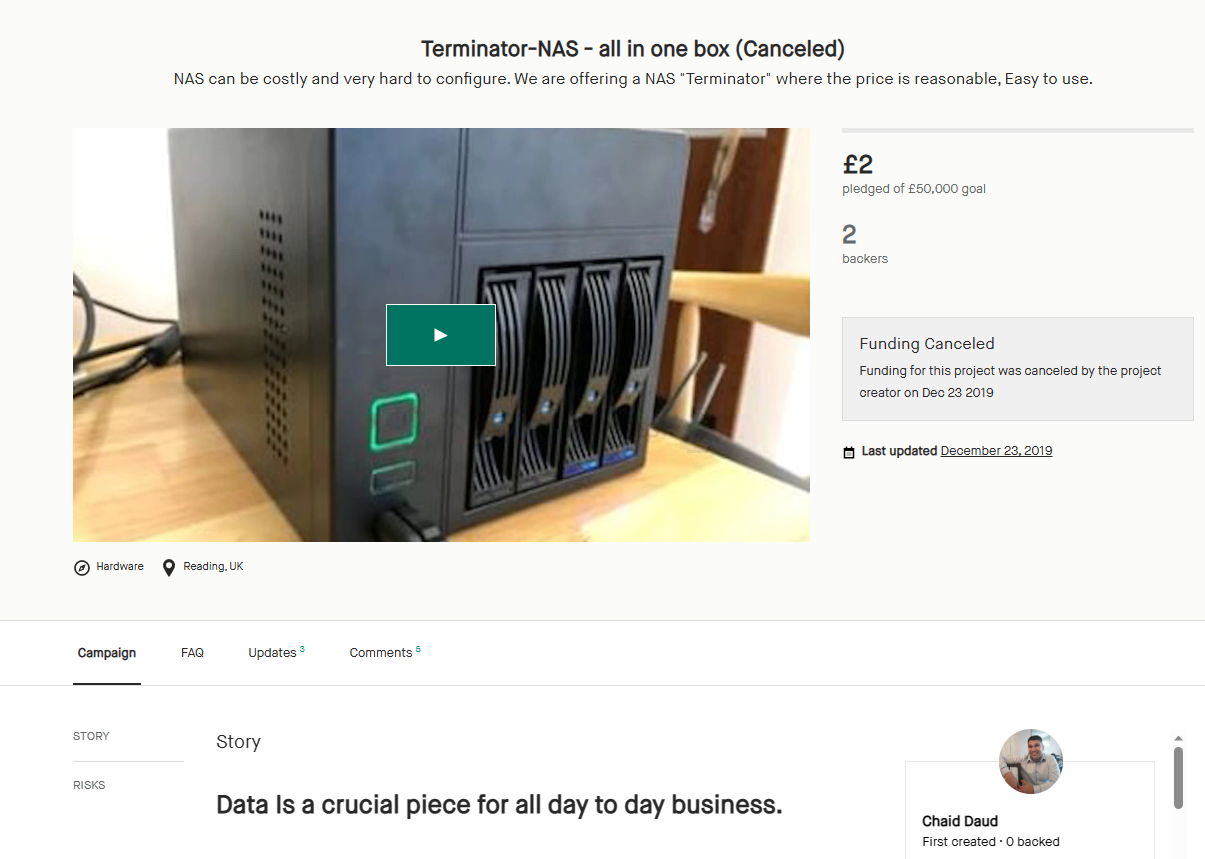 |
|
Terminator-NAS – all in one box £2
2 backers
Last updated December 23, 2019
“NAS can be costly and very hard to configure. We are offering a NAS “Terminator” where the price is reasonable, Easy to use.”
|
The project creators tried to address these concerns through frequent updates, providing detailed information about the challenges they faced and the steps they were taking to address them. However, some backers remained dissatisfied, and the campaign ultimately failed to deliver on its promises. Despite these challenges, the Terminator NAS campaign also served as an example of the potential of crowdfunding to bring innovative products to market. It generated significant interest and support from backers who were eager to see a high-quality, all-in-one storage solution. It also did not help when it was quickly raised online that the enclouse being used for demonstration was available on AliExpress for just £40-45 and this clased strongly with the pricing tiers in the initial Kickstarter campaign presentation.
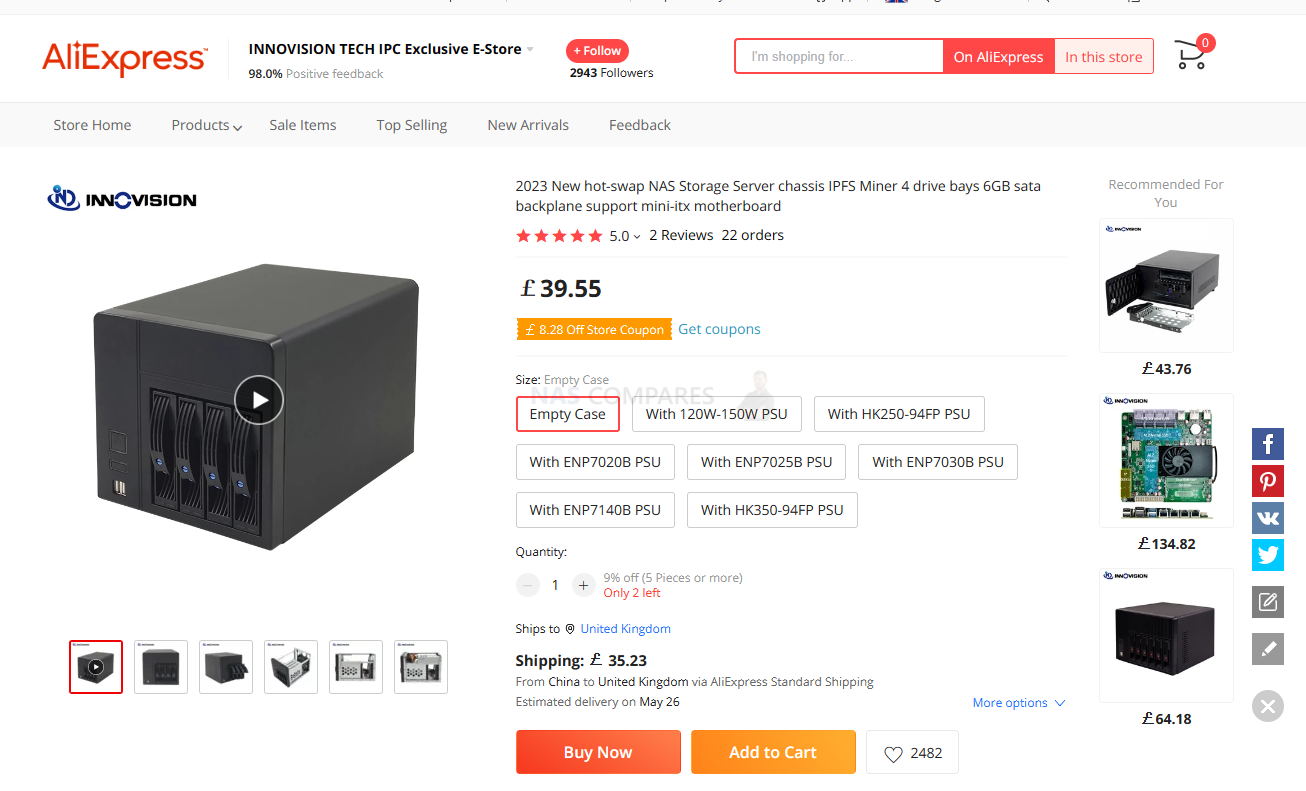
Indeed, although setting your reward tiers out clearly is generally a good thing on Kickstarter, the range of pricing and what they were actually including was not abundantly clear for some users and no doubt further underlined why this campaign just £2 on its total.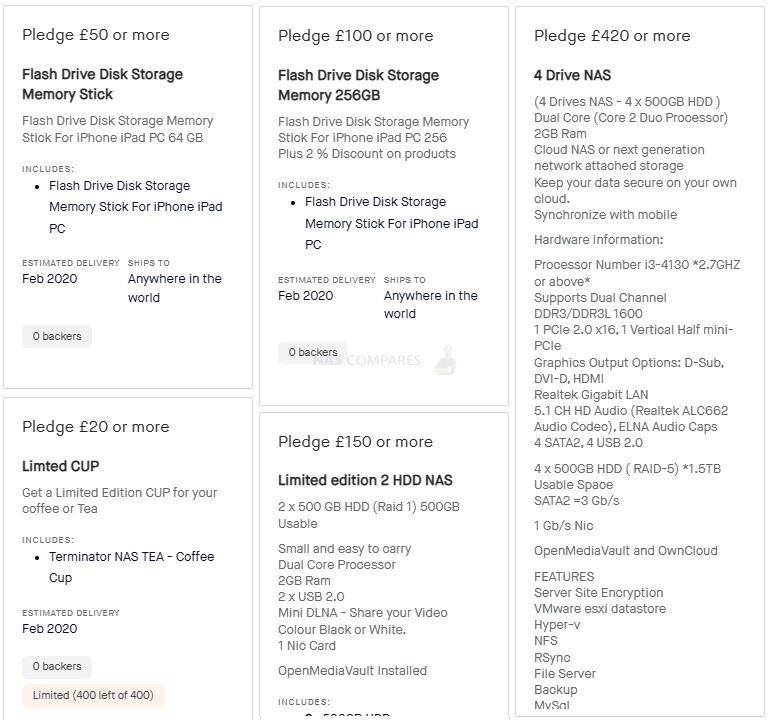
In the end, the Terminator NAS campaign once again highlights the importance of clear communication and transparency in crowdfunding. While it faced a number of challenges, the project creators’ willingness to share their progress and address concerns helped to build trust with backers and ensure that their voices were heard.
The Nanohive Personal Plug n Play Cloud Server
The Nanohive Personal Server and Personal Cloud Kickstarter campaign aimed to create a personal server that could be used as a private cloud storage solution. The campaign was launched in 2014 and sought to raise £48K but unfortunately, it failed to meet its funding goal. The Nanohive campaign promised a small, portable server that could be used for secure file storage and sharing, as well as for remote access to files and media. It also promised to provide secure access to files from anywhere, including on mobile devices. The device was advertised as being easy to use and compatible with popular platforms like iOS, Android, Windows, and Mac OS X. Despite the promises made by the Nanohive campaign, it failed to gain much traction among backers. The campaign only raised £40,524 from 12 backers, which was just short of the goal. The reasons for the campaign’s failure are unclear, but it may have been due to a lack of marketing or interest in the product.
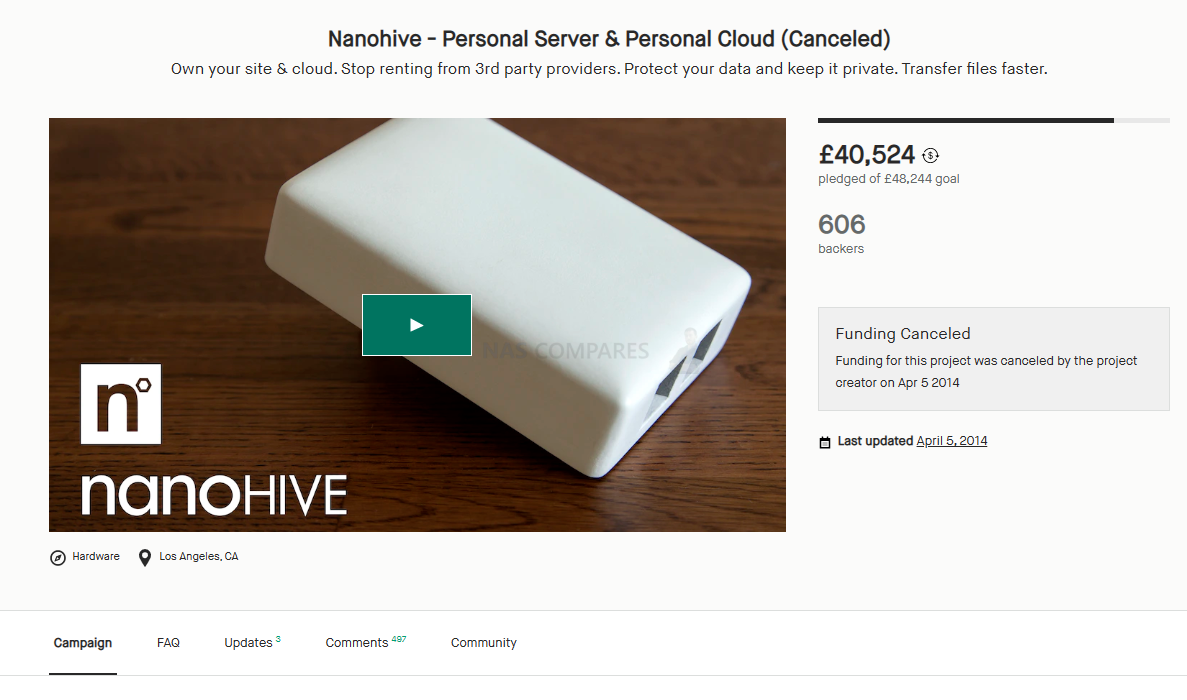 |
|
Nanohive – Personal Server & Personal Cloud (Canceled) by Nanohive Labs £40,524
606 backers
Funding for this project was cancelled by the project creator on Apr 5 2014
Last updated April 5, 2014
“Own your site & cloud. Stop renting from 3rd party providers. Protect your data and keep it private. Transfer files faster.”
|
Despite the campaign’s failure, the creators of the Nanohive server continued to work on the product and even released a version of the server in 2015. However, it is unclear whether the product was successful or not, as there is little information available about it – but there DOES seem to have been marginal progress that indicated that the project continued after this. Looking back at the Nanohive Kickstarter campaign, it is clear that the project had a number of flaws.
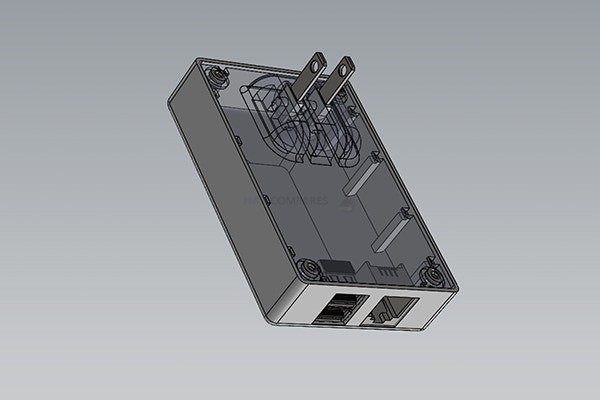
Overall, the Nanohive Personal Server and Personal Cloud Kickstarter campaign was unsuccessful in reaching its funding goal. While the product may have had some potential as a personal server and cloud storage solution, the campaign failed to generate enough interest among backers to make it a reality.

Firstly, the campaign failed to generate much interest among potential backers, possibly due to a lack of marketing or a poor presentation of the product. Additionally, the campaign failed to provide enough information about the product, which may have deterred potential backers.
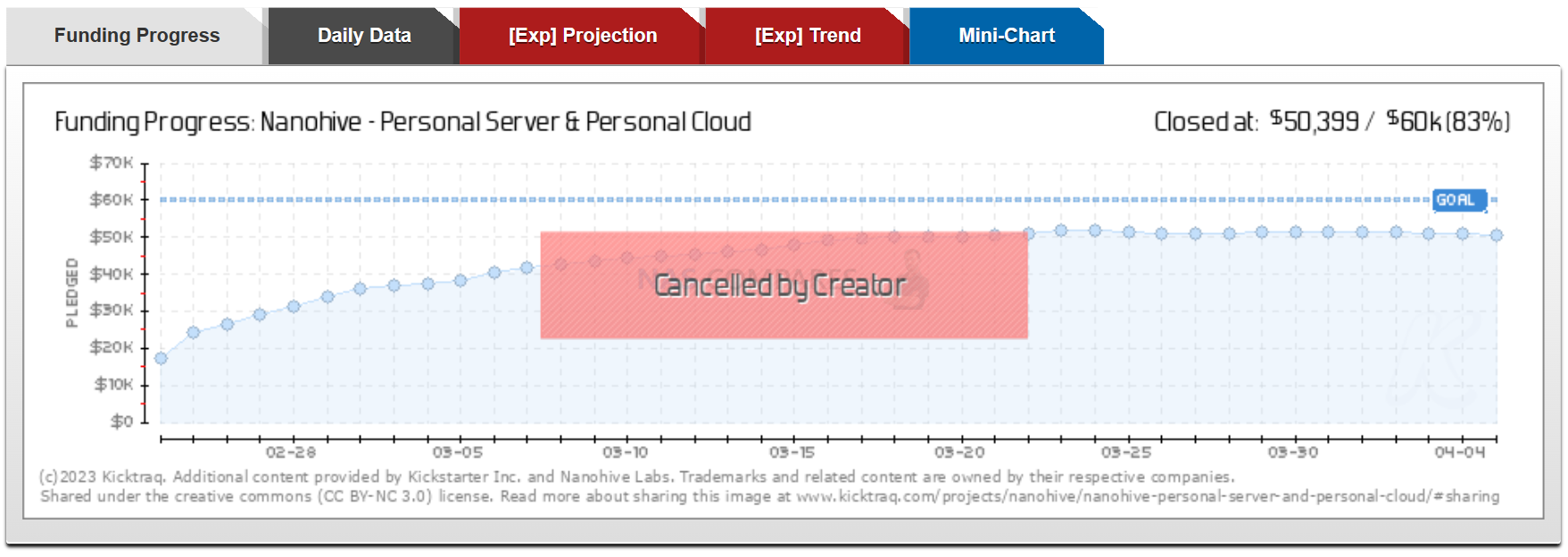
The MiniBox Mobile Server Kickstarter
The Minibox Virtual Cloud Mobile Server was a Kickstarter campaign launched in 2013 by a company called Cloud Engage. The campaign aimed to create a device that could turn any smartphone or tablet into a virtual cloud server, providing users with access to their files and data from anywhere in the world.The Minibox Virtual Cloud Mobile Server was designed to be small and portable, with a user-friendly interface that could be accessed via a mobile app. The device was intended to offer secure, private storage for personal and business data, as well as media streaming capabilities and remote access to files and applications.
 |
|
MiniBox: Virtual Cloud Mobile Server £3,095
8 backers
Last updated January 3, 2020
Funding Unsuccessful. The project’s funding goal was not reached on Fri, January 3 2020 8:30 AM UTC +00:00
“Run computing, testing, business, and gaming cloud-based operations through a mobile cloud server that frees up space in your device”
|
Despite its promising concept, the Minibox Virtual Cloud Mobile Server campaign faced a number of challenges and ultimately failed to reach its funding goal. One of the main issues was the device’s high price point, which many potential backers felt was too expensive for a relatively niche product. The campaign also faced criticism for its lack of clarity about the device’s specifications and capabilities. Backers were unclear about the device’s storage capacity, processing power, and other technical details, making it difficult to assess the device’s value.
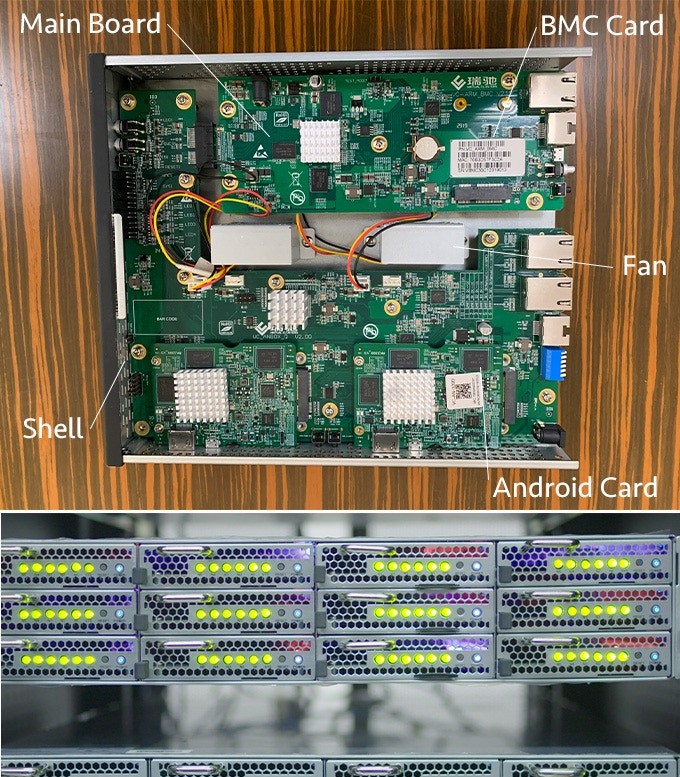
Additionally, the Minibox Virtual Cloud Mobile Server faced stiff competition from established cloud storage providers like Dropbox and Google Drive, which offered similar services for free or at lower prices. The campaign struggled to differentiate itself from these established players and failed to generate enough interest among potential backers. Despite its failure, the Minibox Virtual Cloud Mobile Server campaign serves as a reminder of the challenges and risks of crowdfunding, particularly for niche or technical products. Without a clear value proposition and competitive pricing, it can be difficult to generate interest and support from potential backers.

The campaign also highlights the importance of transparency and communication in crowdfunding. Backers invest not only their money, but also their trust in a project and its creators. When communication is lacking or unclear, it can erode that trust and lead to a negative outcome for all involved. In conclusion, the Minibox Virtual Cloud Mobile Server campaign faced numerous challenges and ultimately failed to achieve its funding goal. While it serves as a cautionary tale for other crowdfunding projects, it also highlights the potential for innovation and the importance of transparency and communication in building trust with backers.
Doodah – The Ultra Portable Media Server
DooDah was a Kickstarter campaign that aimed to develop an ultra-portable media device for people who enjoy watching their favorite TV shows and movies while on the go. The device promised to be small, lightweight, and capable of storing a vast amount of media content.
 |
| The Doodah Personal NAS Media Server
£1,547
16 backers
Funding Unsuccessful. The project’s funding goal was not reached on Thu, June 1 2017 6:47 PM BST
Last updated June 1, 2017
“Keeping the kids quiet (hopefully) since 2016… A media streaming device thats portable, simple and designed for the modern family.”
|
To be frank, there is not a vast amount more we can discuss on this Kickstarter. The device was aiming for a 2017 release and even 6 years ago, this device was already outpaced by currently available devices online and was not exactly bleeding edge as a concept. What is DID try to provide was the concept of a personal media server that was effectively pocket sized.
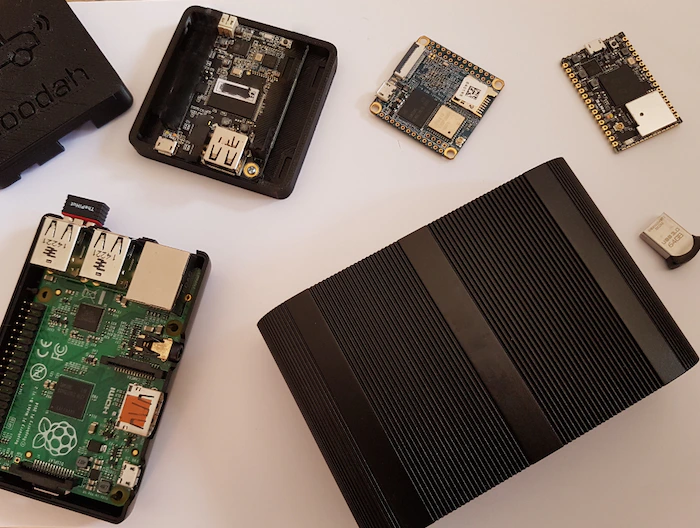
They cannot be accused of not giving enough information either, with their campaign providing a decent amount of information about the project and objectives, (especially compared to a number of other unsuccessful campaigns in this article). Sadly, it could not avoid comparisons being made by comments on their campaign (and on other platforms) highlighting that this form of solution was still already readily available elsewhere. Perhaps a year or two earlier, this would have landed much better.
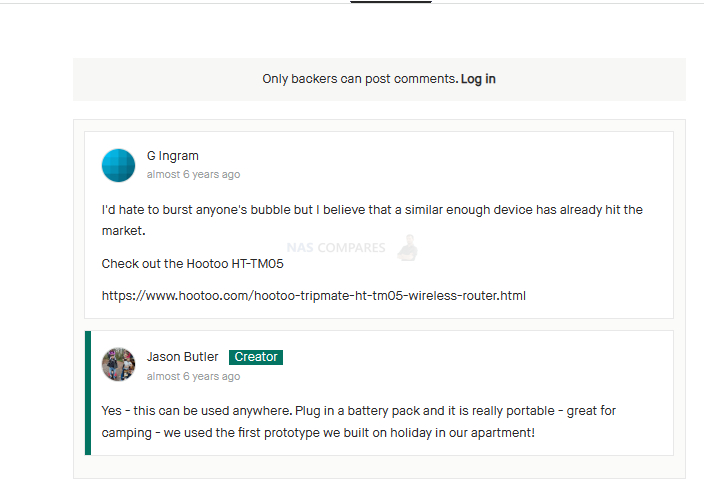
Anakyn $99 Personal Server & Cloud
Anakyn Personal Server and Cloud was a Kickstarter campaign launched by a team of entrepreneurs to bring their vision of a personal server and cloud to life. The campaign aimed to provide a secure and private solution for users to store their personal data, control their digital footprint, and access their content from anywhere in the world. The Anakyn Personal Server and Cloud was designed to be easy to use, secure, and highly portable. It was a small and lightweight device that users could take with them wherever they go. The device was equipped with a 1TB hard drive, which could be expanded with an external drive. It also had built-in Wi-Fi, Ethernet, and USB ports, making it easy to connect to other devices.
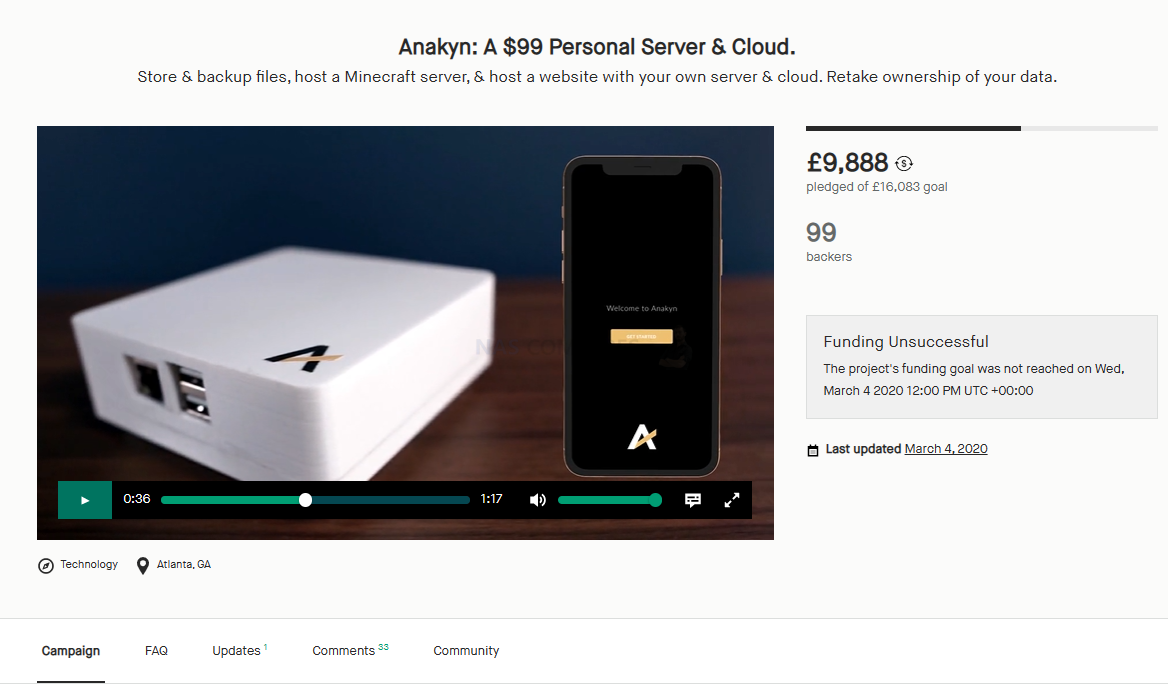 |
|
Anakyn Small Form $99 Server
£9,888 pledged of £16,083 goal
99 backers
Funding Unsuccessful. The project’s funding goal was not reached on Wed, March 4 2020 12:00 PM UTC +00:00
Last updated March 4, 2020
“Store & backup files, host a Minecraft server, & host a website with your own server & cloud. Retake ownership of your data.”
|
The Anakyn Personal Server and Cloud was designed with security in mind. The device was equipped with advanced encryption technology that ensured users’ data was always safe and secure. It also allowed users to control their data and decide who could access it. The campaign received a positive response from backers, with many people showing interest in the product. The creators of Anakyn Personal Server and Cloud regularly updated their backers on the progress of the project and shared their plans for the future. They also answered questions and concerns from their supporters, which helped build a community around the product.
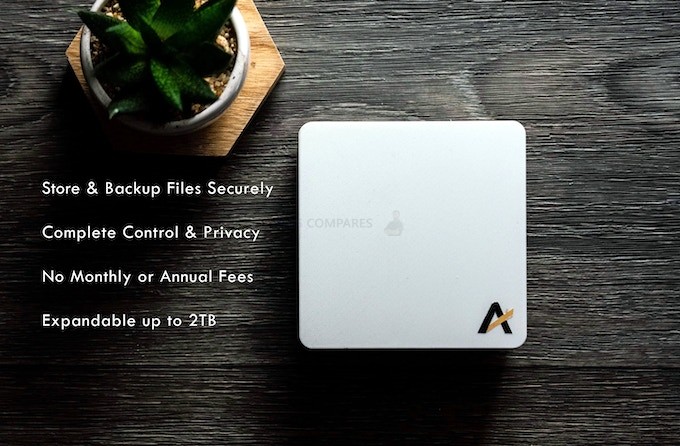
Despite the broadly positive response, the campaign was not successful in reaching its funding goal. The creators of Anakyn Personal Server and Cloud did not give up, however. They continued to work on the product and eventually launched it on the market.

It even managed to gain quite a decent amount of social traction on tech sites (example below). That said, although the comments section started off quite positively, there wa only ever 1 official creator update. This was simply a message that the campaign was not going how they hoped and wanted to announce a relaunch of the campaign (that I cannot find any record of online, so I assume this did not occur).
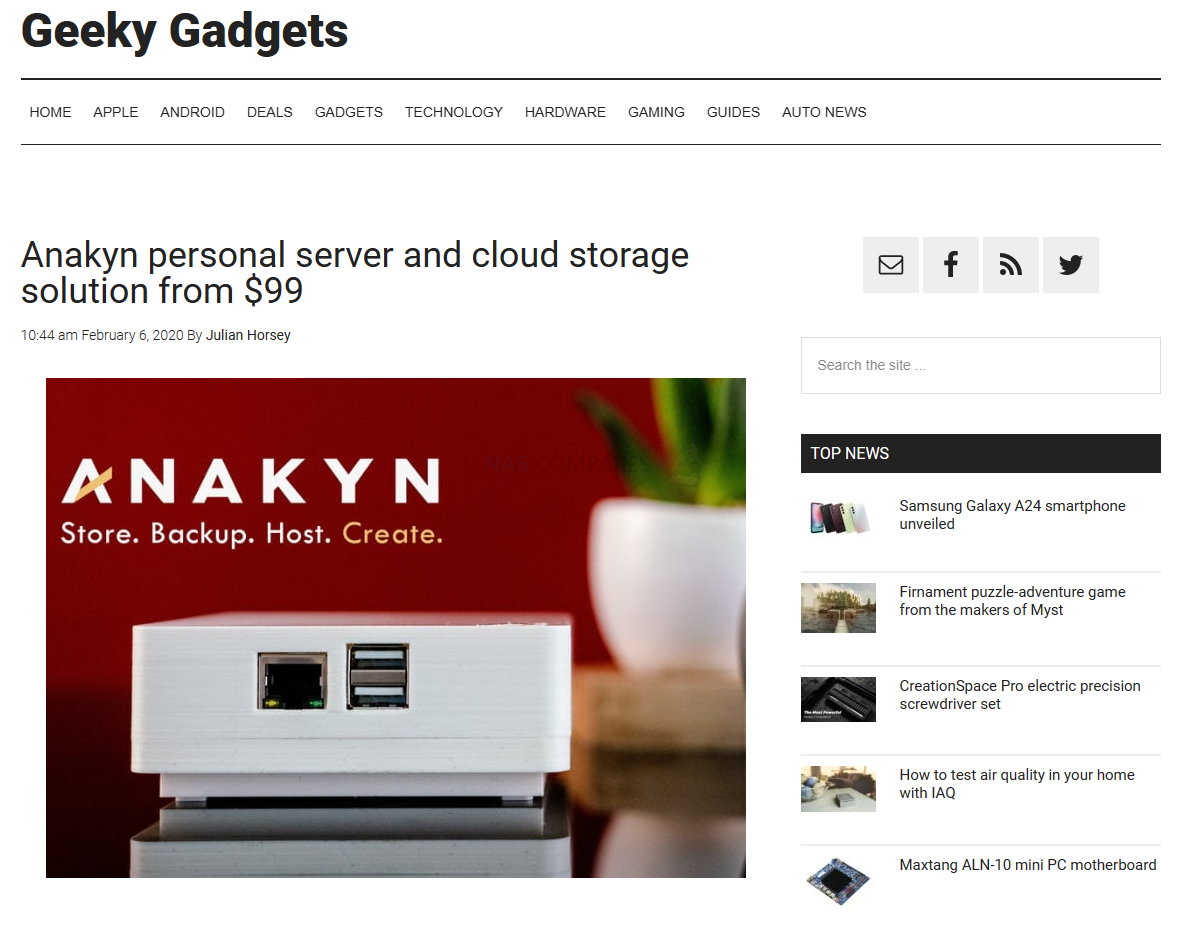
The moxibox: the DIY personal cloud Kickstarter
Like alot of these past Kickstarter campaigns, you need to remember that this is from a time when domestic NAS as we know it was much less evolved and brands/creators wanted to achieve things that (at the time) were simply not available! Moxibox was a DIY personal cloud platform that aimed to provide users with an easy and secure way to store and access their data. The platform was designed to be simple to set up and use, even for people with little to no technical knowledge. The Moxibox hardware was compact and versatile, allowing users to install up to four hard drives and configure them in either RAID 0 or RAID 1 modes. This provided users with plenty of storage space and redundancy options to protect against data loss.
 |
| moxibox Ultimate home file & media server
£997
30 backers
Funding Unsuccessful. The project’s funding goal was not reached on Thu, May 1 2014 4:27 PM BST
Last updated June 26, 2014
“The moxibox is the ultimate home file & media server that you build yourself from off-the-shelf computer components”
|
One of the key selling points of the Moxibox was its emphasis on security and privacy. The platform allowed users to choose their preferred encryption method, including AES-256, for their data. Additionally, the device’s firmware was regularly updated to address security vulnerabilities and protect users’ data from potential threats. Another notable feature of the Moxibox was its remote access capabilities. Users could easily access their data from anywhere with an internet connection using a web browser or mobile app. This allowed users to share files with friends and family or collaborate with colleagues remotely.

Despite these challenges, the Moxibox team worked diligently to address these issues and provide their backers with the best possible product. They regularly updated their backers with progress reports and provided excellent customer support to ensure that their backers were satisfied with their purchase. Overall, the Moxibox was an unsuccessful Kickstarter campaign that was not given a chance to deliver on its promise of a secure and easy-to-use personal cloud platform. While it faced some challenges during development, the Moxibox creator went on to appear a great deal online and show a degree of dedication to the idea and project.
We go into greater detail on these campaigns, as well as covering others, in the video below! Thanks for reading and have a great week!
📧 SUBSCRIBE TO OUR NEWSLETTER 🔔🔒 Join Inner Circle
Get an alert every time something gets added to this specific article!
This description contains links to Amazon. These links will take you to some of the products mentioned in today's content. As an Amazon Associate, I earn from qualifying purchases. Visit the NASCompares Deal Finder to find the best place to buy this device in your region, based on Service, Support and Reputation - Just Search for your NAS Drive in the Box Below
Need Advice on Data Storage from an Expert?
Finally, for free advice about your setup, just leave a message in the comments below here at NASCompares.com and we will get back to you. Need Help?
Where possible (and where appropriate) please provide as much information about your requirements, as then I can arrange the best answer and solution to your needs. Do not worry about your e-mail address being required, it will NOT be used in a mailing list and will NOT be used in any way other than to respond to your enquiry.
Need Help?
Where possible (and where appropriate) please provide as much information about your requirements, as then I can arrange the best answer and solution to your needs. Do not worry about your e-mail address being required, it will NOT be used in a mailing list and will NOT be used in any way other than to respond to your enquiry.

|
 |
Jonsbo N6 DIY NAS Case Review
The Best Bits (and Worst Bits) of NAS of 2025!
Minisforum MS-02 Ultra Review
Minisforum N5 NAS, 6 Months Later - Better, Worse, the Same?
Beelink ME Pro NAS Revealed
Best SOLID STORAGE NAS of 2025
Access content via Patreon or KO-FI
Discover more from NAS Compares
Subscribe to get the latest posts sent to your email.


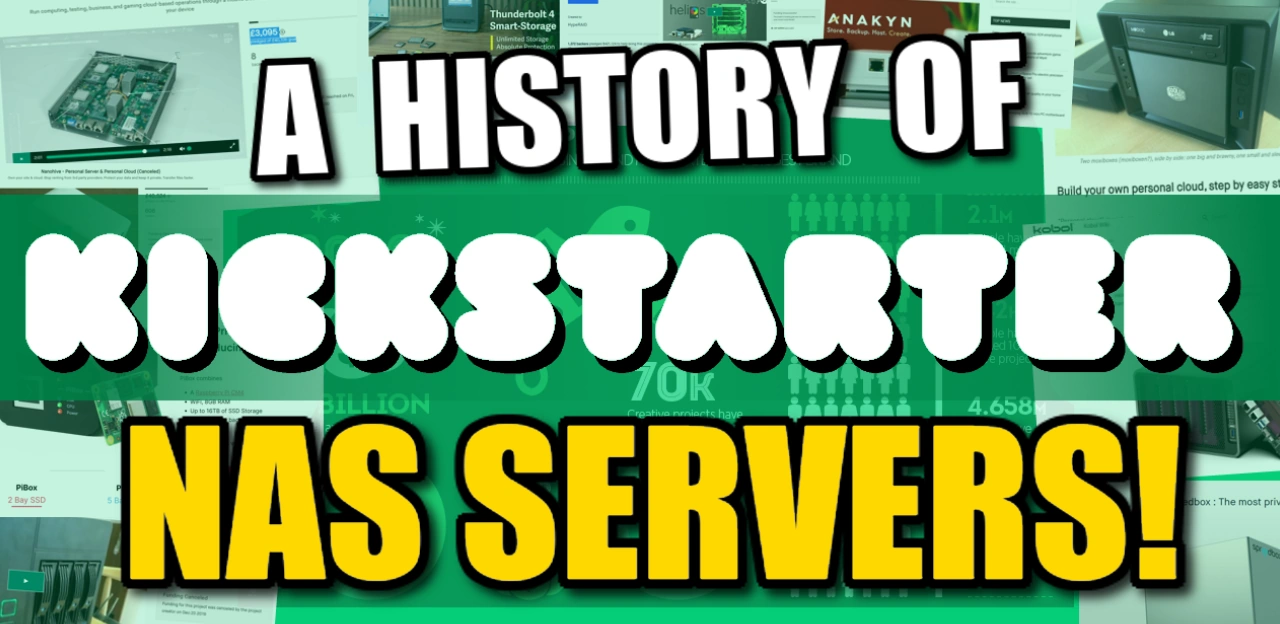



Glad my bank effortlessly reversed the charges
REPLY ON YOUTUBE
Ugly.
REPLY ON YOUTUBE
Thinking of a small Postgres database server. Could one duct tape a Samsung 2.5″ SATA drive to the bottom of the device and u-turn the SATA cable? I saw a video of adding Portainer to CasaOS. Can one directly connect a notebook with an Ethernet cable without a router?
“How to update Portainer on Casa OS”
https://youtu.be/136nD6ooFBM?si=RJGvgO1cv7VP-KeQ
REPLY ON YOUTUBE
Shit made me sad. Every single one of his Nas in that pile of shit he almost calls it. is better than all the backups I personally have .. my clients do get the near best though.
REPLY ON YOUTUBE
Can you provide the link to M.2 NVME PCI expansion card you mentioned in the video @17:03. thx! Looks cool.
REPLY ON YOUTUBE
Any person that could see if in international right we can make a collective action ? I have lost 230 $ What responsibility of Kickstarter ?
REPLY ON YOUTUBE
Any person that could see if in international right we can make a collective action ? I have lost 230 $ What responsibility of Kickstarter ?
REPLY ON YOUTUBE
Any person that could see if in international right we can make a collective action ? I have lost 230 $ What responsibility of Kickstarter ?
REPLY ON YOUTUBE
In regard to the PCI slot. Can’t you just use a PCI- e riser cable. They cost what £20, then you can use whatever PCI-e card you want.
REPLY ON YOUTUBE
where is the stackable expandable home lab cluster solution with high speed interconnect bus – oculink, u2 pci, like mixblade, as an alternative to turing pi but x86 based: router – nas/p2p – audio/video – retro/cloudgaming – homeautomation – with a kybernetes type system you could swap the images you currently want to use, and keep a base cluster at 2 units, expanding as needed. only the base (router) unit needs multiple 2.5gbit and various io ports, all the upgrade compute units can be bare bone and smaller.should be standard now, as well as usb-c 3.2 2×2 20gb/s. which brings us to the second unit needed: a 4-5 bay SAS/SATA storage subsystem, 20gb/s and some slots for m2 sds for caching, not as a separate nas, but as a storage focused usb hub – again, due to the overhead of usb-c, the alternative bus would be pciie based, similar to oculink.
REPLY ON YOUTUBE
that quad N3450 celeron is weaker that an 11 years old pentium dual core 2020M that was weaker even then.
REPLY ON YOUTUBE
EXCELLENT VIDEO and thank you for continuing to bring attention to this issue. I was a backer as well. I also paid for an upgrade. I was able to get my money back, by filing a claim with my credit card company. It took like 3 months. But finally got it.
Additionally, by Kickstarter keeping money from a known scam on this scale, they are actually potentially liable under the United States RICO act. By participating in fraud and collecting money, they are not only opening themselves up to be liable under civil law, by being sued (the courts needs to be tested on this issue to see where they fall to stop these massive levels of fraud) civilly. Kickstarter could be CRIMINALLY liable, for collecting and more importantly PROFITING off of fraud on a massive scale, including credit card fraud. And by participating with companies who are KNOWN to be committing fraud, they become part of the criminal enterprise committing that fraud against consumers. And therefore, it could be argued in court, by prosecutors, they are prosecutable under RICO.
It is time for U.S. lawmakers to step in and force these companies to take responsibility financially for these massive scales of fraud they are allowing to perpetrate on their platform!
I had commented this numerous times on the campaign page. And since my money was finally refunded, Kickstarter removed me as a backer. So my comments have disappeared. Like others in the same position.
REPLY ON YOUTUBE
I was a backer of this project. Fortunately it was only for the $199 deal, not the upgraded offerings. As described in the video, the company went dark in March and lots of users started making more complaints. I submitted a chargeback to my credit card (Citibank). Citi investigated and gave kickstarter 60 days or so to response. KS did respond with all of their terms and conditions and everything that insulates and protects KS from any responsibility for fraud for the projects on their platform. A completely slimy and untrustworthy approach.
Then I got a final notice in May from Citi that KS had met the terms and conditions, which could be summarized as, “Our lawyers wrote these so that you have no recourse against us.” Citi said since KS abided by their dreadful terms and conditions, the matter was closed and I chalked it up to a $199 stupid tax to me. And since I cancelled my bid, KS won’t allow me to comment. Very slimy indeed!
And then, in June, Citi reopened the chargeback claim. On their own. I didn’t try to reopen it. They gave KS another 30 days and then I got an email from Citi that said,
“We’re pleased to let you know that your dispute has been resolved. Your conditional credit is now permanent. There’s nothing else you need to do.
We included the below transaction details for the dispute on account ending in **** for your reference.”
So, Citi came through for me, charged back the money and I got my $199 plus tax credited back. I don’t know if all credit card companies will do this, but I’d encourage anyone and everyone affected by KS and HypeRaid’s deceit to submit a chargeback due to fraud. Full props to Citibank on this one!
The bigger issue is this. I’ve backed other projects on KS before and they were successful and I got the product as described. But now, I will never, ever trust any Kickstarter project ever again. I will never send them one penny. I’ll wait until the product can be purchased elsewhere, even at a higher price.
And I will criticize KS and Pledgebox and Backerkit and tell this story any time the opportunity presents itself. One angry customer’s complaints will do far more to destroy a company’s reputation than 100 happy customers.
REPLY ON YOUTUBE
I backed this. Then complained to Kickstarter. Kickstarter totally uninterested. Complained to my UK bank they were also uninterested at first but I challenged their decision and asked for their legal opinion after laying out my reasons for why this was unreasonable. With Kickstarter you back an idea not a product but I argued their “buy now” button I pressed was for a product shown in the picture and not an idea of a product. They eventually changed their tune refunded me (reversed charge) and then gave me a reward for my trouble. As far as I could tell Kickstarter’s business model still earns sufficiently out of any eventual project failures or success and therefore leaves room for very well presented fraud.
REPLY ON YOUTUBE
be aware (i am a backer)… kickstarter is now removing access to those that are making noise in that campaign and instructing people to chargeback with their credit card company. i commented relentlessly every 2-3 days informing people that they were scammed – and now ALL of my comments are gone.
the kicker here is… my comments were made from an account that HAS NOT charged back the sale, and still shows me as a backer. but very clearly shows my comments as “This person has canceled their pledge.” i am also no longer allowed to comment
kickstarter is actively trying to stifle this.
REPLY ON YOUTUBE
Because I’m an idiot and like to waste my money I’ve been buying all kinds of devices to start building a DIY or even unraid as an alternative to my Synology Diskstations which I think I’ve out-grown and I have just stumbled across Zimaboard and……using a PCI nvme adapter like you have show in your video to create some kind of frankenstine NAS that will offer out better performance for plex, which I let my family access remotely! I’ve ordered the 832 to expirement with! Great video 🙂
REPLY ON YOUTUBE
Where does it ship from? China?
REPLY ON YOUTUBE
I have a 216 running pfSense like a champion and an 832 running TrueNAS. These things are incredible.
REPLY ON YOUTUBE
I’m thinking of throwing dietpi on the 2GB RAM model. I gotta free ye olde port 53 on my unraid server ????
REPLY ON YOUTUBE
Great work ???? on this video.
REPLY ON YOUTUBE
Not just kickstarter, it seem you can also loose your money on pledgebox
REPLY ON YOUTUBE
I almost invested on this. Glad I didn’t.
REPLY ON YOUTUBE
Awesome video you gained a subscriber ❤
REPLY ON YOUTUBE
“crayon friendly”
REPLY ON YOUTUBE
Ive got a QNAP TS-H1290FX NAS and QXG-100G2SF-CX6 Nic cards for 100G and I cannot get anywhere near 100G speeds. Im topping out around 45 GB/s on iPerf and reverse direction testing is only 9 GB/s… 10% of the speed I should be seeing. I’ve been talking with QNAP tech support for 3 weeks to no avail. Do you do consulting work? I’ll pay you for help!
REPLY ON YOUTUBE
I almost backed this one, if it had a 2.5Gbe on it I would have done…
REPLY ON YOUTUBE
I just received a notice from the Bankruptcy Court changing StorCentric from Chapter 11 to Chapter 7. Bad news for Drobo hopes.
REPLY ON YOUTUBE
Kick starter doesnt care 🙂
REPLY ON YOUTUBE
I never heard of this before but a couple things that stood out to me were the chassis design looks like a modified Jonsbo case and second the level of performance and features( To me at least) was scratching at the door of enterprise grade and I cant see that happening at that price point. PLP 10gb and thunderbolt (or insert any high speed i/o that a DAS or SAN uses) and that screams scam. If they could’ve made that work at that price HPE, Dell or a number of other companies would’ve brought them out a long time ago
REPLY ON YOUTUBE
The risk / reward of every kick is asymmetric – 100% potential downside with only 40% (or lower) discount. Terrible odds. I’ve backed two from established brands Peak Design and Chris Burkhard.
REPLY ON YOUTUBE
I put the blame for most of these sorts of questionable campaigns squarely at the feet of Kickstarter. There are so many checks and balances that could very easily be put in place right at the beginning. But, I suspect that weeding out these campaigns would cut into Kickstarter’s own revenue to much since they will receive a percentage of the funds raised. And, while I don’t want to blame the victims, why are you putting money into a black hole ? The basic risk / reward ratio just isn’t close to being worth it. Sure, it’s only a few bucks but the collective amounts just encourage the scammers.
REPLY ON YOUTUBE
There is a complete industry/ecosystem to build these production ready looking hardware. They exactly know there is zero accountability running these campaigns. Anyone stating the outdated Kickstarter TOS should be double charged. They typically coming out of China.
REPLY ON YOUTUBE
first time hear about this, thanks for bringing this HW up
REPLY ON YOUTUBE
HyperRaid in Kickstarter is a SCAM. they took all the money and disappeared. Now the project itself disappeared from Kickstart.
REPLY ON YOUTUBE
Hello, how about a more DAS-centric video/article? You did some DAS hardware reviews, but how about the software support (incl. filesystems and redundancy options) side?
I’m actually struggling to find a good option for my QNAP TL-D800C (used as a DAS, not as a NAS expansion). I’ve tried Storage Spaces, unfortunately can’t set it up with ReFS (yet?). I’ve tried OpenZFS on Windows, as I like its data integrity stuff; it still work in progress. SnapRAID… not sure about its hashing/parity on demand. Running a NAS OS (or something ZFS) on a VM? Would that work? It would have been nice to have the main options on the table, properly described with pros and cons.
What do you think?
REPLY ON YOUTUBE
have you seen this unit yet ? Asustor Flashtor 6 FS6706T
REPLY ON YOUTUBE
Even though I have backed Storaxa, I think it is a scam. I would give it a 9 out of 10 chance of being a scam. I just really want to believe in it. I also see mixed comments, even from pros like NASCompares, that it is still possible, so I give it a small chance that I will receive the box in the end. However, somebody noticed in the comments under one of Storaxa’s updates – in their update #7 “Team Hello” video, I see the same green desk as in the “Thunderbolt 22-in-1 Dock with High Security SSD + HDD RAID” Kickstarter project. Video “Noise Check (35-45dB)” from the campaign page. The “Thunderbolt” project looks like a scam since there have been no updates since January 2023. Now, what are the chances that two “different” Kickstarter projects from China about “Storage” (NAS/DAS) have very similar campaigns, probably the same workplace (or maybe they just coincidentally bought the same green working desk and other desks BTW also look similar), are different people, and one of them is a scam and the other is not? Ok they might be copying each other in behavior. But desk… OEM’s workplace?
REPLY ON YOUTUBE
Surely you would have seen the amount of people saying they have been scammed by the thunderbolt before you made this video…
REPLY ON YOUTUBE
I actually like the seagulls ????
REPLY ON YOUTUBE
Storaxa is already late. They have promised delivery to start in April. Of course the campaign got more complex with the multitude of options, but still. It is a bad sign and people don’t seem to realize this.
REPLY ON YOUTUBE
Very cool.
Great video
REPLY ON YOUTUBE
Looks to me like you have a cyborg pc there that requires a very specific use case. I bought a NUC with an Intel N5095, 16GB RAM, 500GB M2 with Windows Pro 11 for under $200. It is an insane value.
REPLY ON YOUTUBE
‘Not upgradable’ simply means it’s just brand new E waste.
REPLY ON YOUTUBE
This thing is overpriced for the specs. Just get an ODROID H3.
REPLY ON YOUTUBE
Intro music: soothing. Transition music: obnoxious.
REPLY ON YOUTUBE
The chips in the zima are long in the tooth now and well overdue an update to Alder-Lake N-series
REPLY ON YOUTUBE
A second version needs POE!
REPLY ON YOUTUBE
Lack of performance metrics is killing me
REPLY ON YOUTUBE
Superb
REPLY ON YOUTUBE
I am curious to see how much better they could do as retromachine (retropie/batocera kinda thing) with a device like this, compared to a R.pi 4B/400.
REPLY ON YOUTUBE
You could also just Dremel down the backplate on PCIE cards
REPLY ON YOUTUBE
When they come out with an N5xxx or N6005-based unit with 16 GB of RAM and 2.5 GbE, then I’d be really interested for use as a Proxmox clustering setup…
REPLY ON YOUTUBE
Ok I’ll tell him. The Tricorder is what the science officer used for testing environmentals. The talking device was simply named the communicator.
REPLY ON YOUTUBE
Casaos is just the web interface for dock containers similar to portainer, running on Debian Linux (the real operating system). You can run casaos on top of any Debian or Ubuntu system.
REPLY ON YOUTUBE
In theory you could use that thing as a plex media server and connect it to an external qnap RAID case. ^^
REPLY ON YOUTUBE
Might be a nice way to update ye olde hp n36l microservers if used with a PCIe 2.0 raid/drive controller card that had the right miniSAS connector to plug into the HP SATA(SAS?) backplane, and use the nice HP drive caddies.
REPLY ON YOUTUBE
Duh, just remove the bracket at the end of the card.
REPLY ON YOUTUBE
So I’ve been searching for something EXACTLY like that card you have at 17 minutes in that’s four lanes of PCIE to four M.2 slots, one lane per slot. Every time I’ve looked I’ve always come up empty, the closest I’d find are adapters that wire up four lanes per M.2 slot (either x4 to one M.2 or x16 to four M.2) or use a single lane to drive two or four SATA M.2 slots instead of NVME. If you’ve got a link to where someone could buy THAT EXACT card you have there it would be very much appreciated!
REPLY ON YOUTUBE
11:10 “… longer than Gen 4 cards inside there.” Did you mean “x4 cards”?
11:24 About the bracket of a PCI-e expansion card blocking the DP port. These brackets are usually secured by 2 screws to the board. The screws+bracket are connected to the ground foil on the expansion board and often some of the pins of the expansion card to provide a chassis ground. The expansion card may work without that. But to be sure, just remove the bracket from the expansion card by unscrewing the 2 screws. Then attach a wire (or ground strap) from one of the holes where the 2 screws were, to the chassis of the Zimaboard or its PSU. Although I wouldn’t know where to do this with the Zimaboard because I do not own one. The other option is to get a really short PCI-e extension cable from Amazon or Ali Express, or wherever.
REPLY ON YOUTUBE
Does it support pci-e video cards and what is a limitation?
REPLY ON YOUTUBE
I don’t believe seagulls seasonally migrate… Their noise is suspiciously absent. LoL.
REPLY ON YOUTUBE
Looks great but I would have preferred paying a bit more for Intel NICs. On the other hand, I’d have been happy going down to a 4-core Atom, just to gain QAT support. I guess I find myself looking at this as a router, probably pfSense where QAT makes a serious difference in performance.
REPLY ON YOUTUBE
A pcie riser cable would solve the clearance issue
REPLY ON YOUTUBE
expensive as hell, better buy beelink u59 pro instead.
REPLY ON YOUTUBE
Can you run home assistant on it?
REPLY ON YOUTUBE